
Command Tower | Illustration by Riot Games
Mana fixing is important in any Constructed MTG format. After all, you’ll lose if you can’t play your spells consistently. In fact, many MTG players hate the mana system when they lose to mana screw or flood, but that’s the system and the game rules, so we have to adapt to it as best as we can.
It’s possible to improve your mana base by replacing expensive lands with budget lands, which are effective and won’t cost you a kidney. Today we’re taking a look at the best budget lands you can run, and keep in mind that many of these suggestions apply to EDH because formats like Modern and Pioneer require you to play with non-budget lands to be competitive. These budget lands are cheaper than $4-5 each, and most are in the dollar range.
Without further ado, let’s get to it!
What Are Budget Lands in MTG?
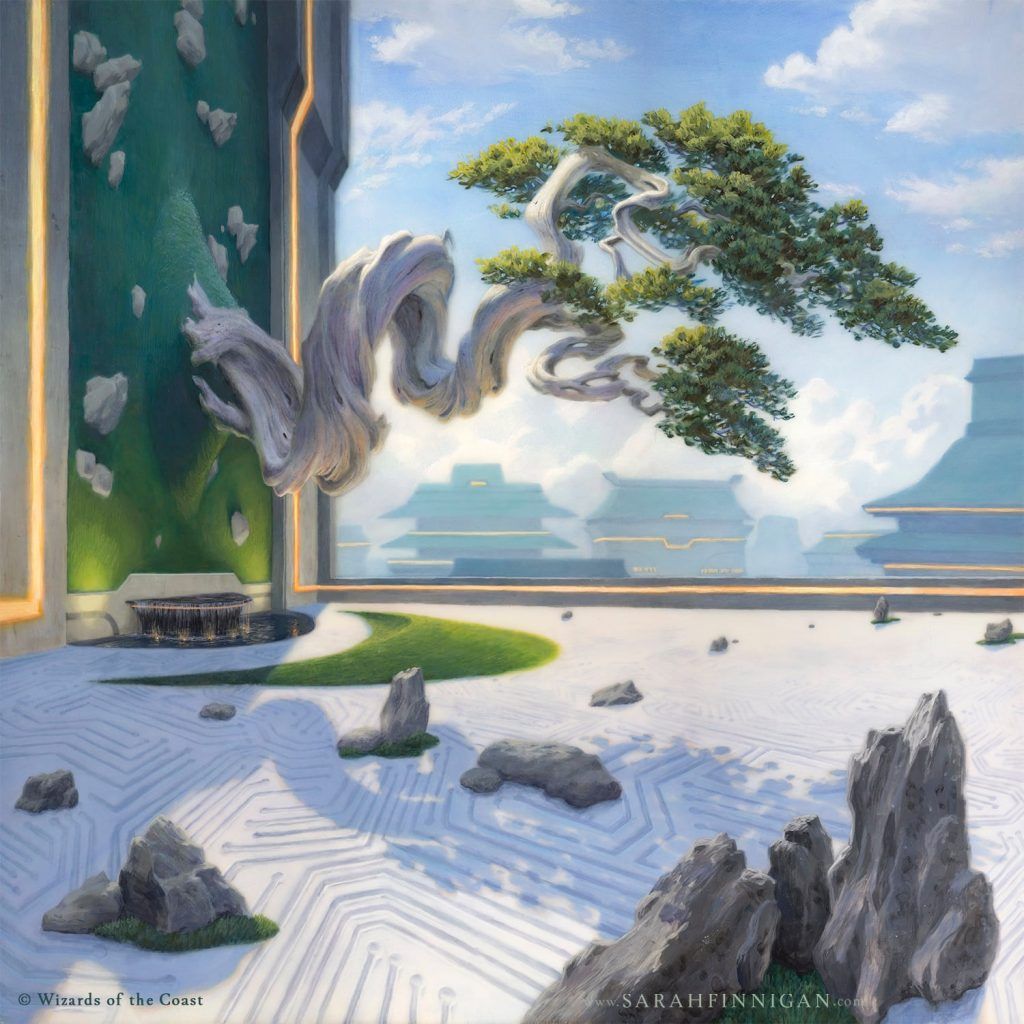
Blossoming Sands | Illustration by Sarah Finnigan
Budget lands are non-basic lands that fit your budget. The basic lands in MTG are the essential budget lands, but we’re not covering them here. Budget lands are cheap but useful and affordable lands. It’s no secret that dual lands in MTG are usually rare and very expensive, and in many decks, the mana base can account for 60%+ of the deck price. In 60-card Constructed formats, there isn’t any room to add budget lands because they compromise your win rate. The nature of EDH, however, incentivizes you to play lots of different dual lands, and it’s a slower format, so if you play a tap land or two, you’re not getting that far behind.
Non-basic lands usually come in cycles of 5 or 10 color pairs, and these rankings are by cycle whenever possible. While covering cycles, I’ll not mention every single card from that cycle, so even if there are 10 pain lands, I’m showing you only three to reference. Just before we begin, not every land in every cycle costs the same, because different color pairs need different lands, and some color combinations see more play than others in a given format. Even if one or two cards from that land cycle are a little less budget-friendly, it doesn’t mean that the cycle as a whole is. Here are the rankings!
#30. Evolving Wilds + Terramorphic Expanse
Evolving Wilds and Terramorphic Expanse are the basic inexpensive fetch lands. They only fetch basic lands with a downside, but they’re very inexpensive to add to a deck. The pair sees play mainly in Limited formats and in budget decks, and they’ll require that you think ahead on what color of mana you require the most.
#29. The Mirage Fetch Lands
These fetch lands work in the opposite logic as Evolving Wilds. They ETB tapped, but they fetch a land that comes into play untapped. Also, they can get lands with types, so they work extra well with tango lands, or shock lands. They’re very slow if you fetch a ETB tapped land, but sometimes it’s the price to get mana fixed.
#28. Myriad Landscape
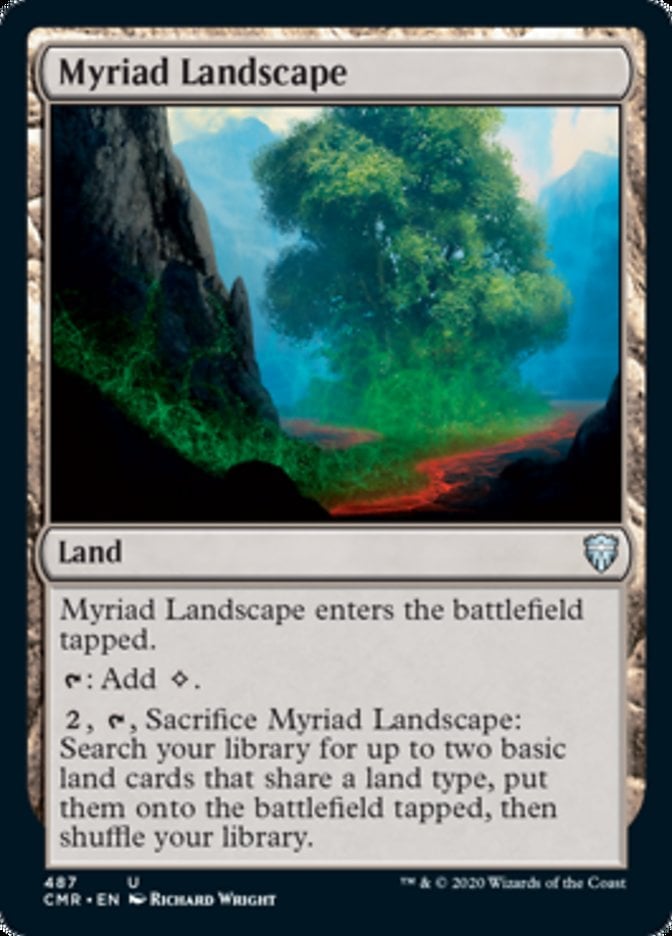
Myriad Landscape is super slow, but it can reward you in the long run. Note that you can only fetch two basics that share the same time, so you’ll be able to get two Forests or two Plains. It’s better to play this card in mono-colored or 2-colored EDH decks.
#27. Reveal Lands
The show dual lands like Choked Estuary are very cheap and are constantly reprinted in supplementary products. They allow you to reveal a land from your hand of their color and have them ETB untapped. Note that you can just play them untapped if you’re not planning on using the mana straight away to avoid revealing necessary information. These tend to perform better in mono-color decks with a splash or 2-color decks. The main downside is that they’re unreliable and a bad topdeck late in the game.
#26. Dominaria United Tap Lands
Since domain was a mechanic in Dominaria United, they printed these common ETB tapped lands with basic types. Basic types allow you to fetch them, and they count for some mechanics and synergies. A card like Idyllic Beachfront fixes your mana and counts as a plains for Lay Down Arms or an island for Mystic Sanctuary, and so on.
#25. Kaldheim Snow Duals
The Kaldheim dual snow lands are fetchable snow lands, and the snow subtype matters a lot to some decks and commanders. In these situations, you’ll want at least 40% of your mana base to be snow lands for specific synergies and requirements, and you should play as many snow duals as you can.
#24. Artifact Indestructible Lands
These lands were printed in Modern Horizons 2 and are all indestructible artifact lands. They see lots of play in artifact-matter decks, especially in Pauper since they’re common lands and affinity decks are real in that format. They combo nicely with Cleansing Wildfire since you can target your own land, fetch another land, and draw a card. They’re super cheap and you should play them mainly if you care about artifacts or different permanent types.
#23. Khans of Tarkir Gain Lands
These taplands originally printed in Khans of Tarkir offer a little upside when they ETB. They’re printed fairly often in Standard sets, mainly for Limited purposes. Gaining a life gets much better in or decks that have lifegain synergies so you can trigger them for free. These are also usually played in Standard control decks since they can help you survive against aggro and burn decks.
#22. Ancient Ziggurat
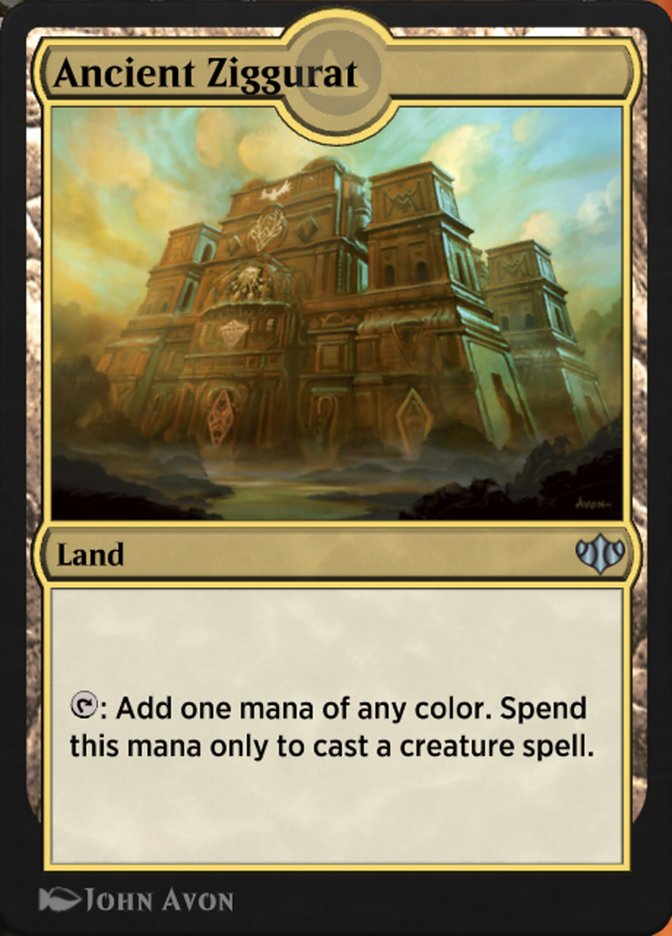
Ancient Ziggurat generates mana to play creature spells only. It’s nice in EDH since your commander is almost always a creature, and you’ll usually have plenty of creatures to cast. Sometimes you’ll need mana to cast a mana rock and it’ll bite you, so beware.
#21. Storage Lands
Only available in allied colors, the storage lands from Time Spiral block allow you to tap for colorless mana right away or slowly add storage counters to them. You can generate a bunch of mana once you cash in the counters, and they get better if you have proliferate synergies going on. Lands like Dreadship Reef are better in control decks that have an expensive win condition like an X spell and can slowly add counters to the card.
#20. Vivid Lands
Although they ETB tapped, Vivid lands come with two charges and can produce mana of any color with these charges. They can fix your mana in a pinch and are a worthy inclusion in decks sporting many colors. It’s also a strong combo with cards like Reflecting Pool. Once they lose their charges, you can keep them on the battlefield as a mono-colored land.
#19. Crystal Quarry
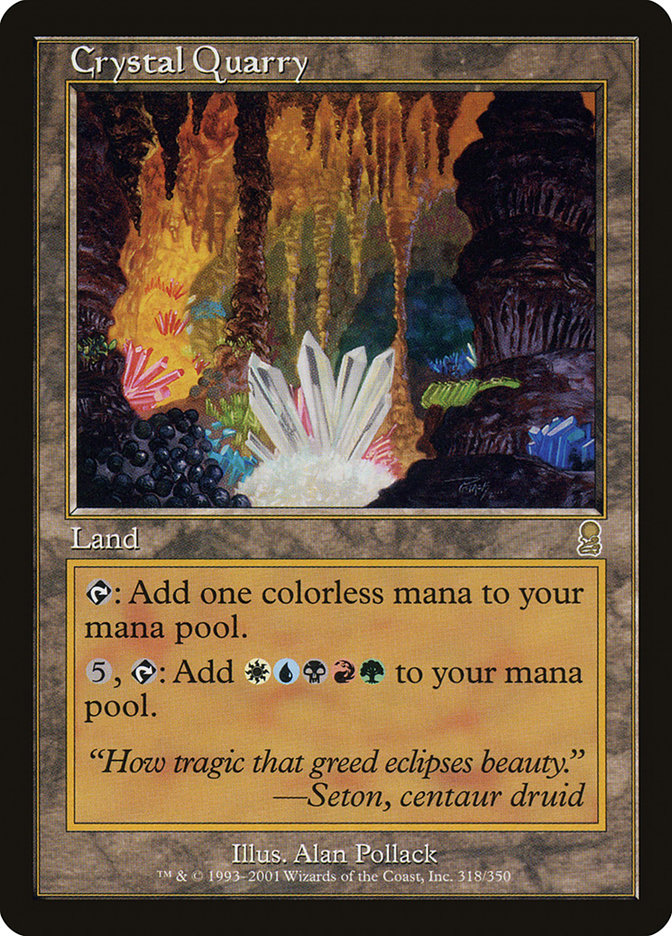
Crystal Quarry is a cheap land with a negligible downside. You can use it to filter for mana once you have 5 mana plus this card, and with some mana rocks you’ll be able to consistently cast your 5-color commander on curve. I’d play this in 4-color+ decks.
#18. Thriving Lands
Thriving lands are a cool ETB tapped land that generate two colors of mana, being one on the card and another one from your choice. In 2-color decks it’s going to be a dual land of these colors. In a Naya deck, Thriving Bluff can be a or land. They’re also good to splash a color, since they’ll always add one of your main colors, but can fix your splash if needed to.
#17. Baldur’s Gates
The gates from the Commander Legends: Battle for Baldur's Gate collection add the subtype gate to the thriving lands. This is strictly better in my opinion, as there’s some incentives to play gates, like with Gates Ablaze or Basilisk's Gate, but hardly any downside.
#16. Typal Lands
These typal lands generate mana of any color, provided that you spend it to cast creatures of the same type. Path of Ancestry is a little different, entering the battlefield tapped but allowing you to scry later in the game. These lands overperform in 5C EDH typal decks like slivers and humans.
#15. Spire of Industry
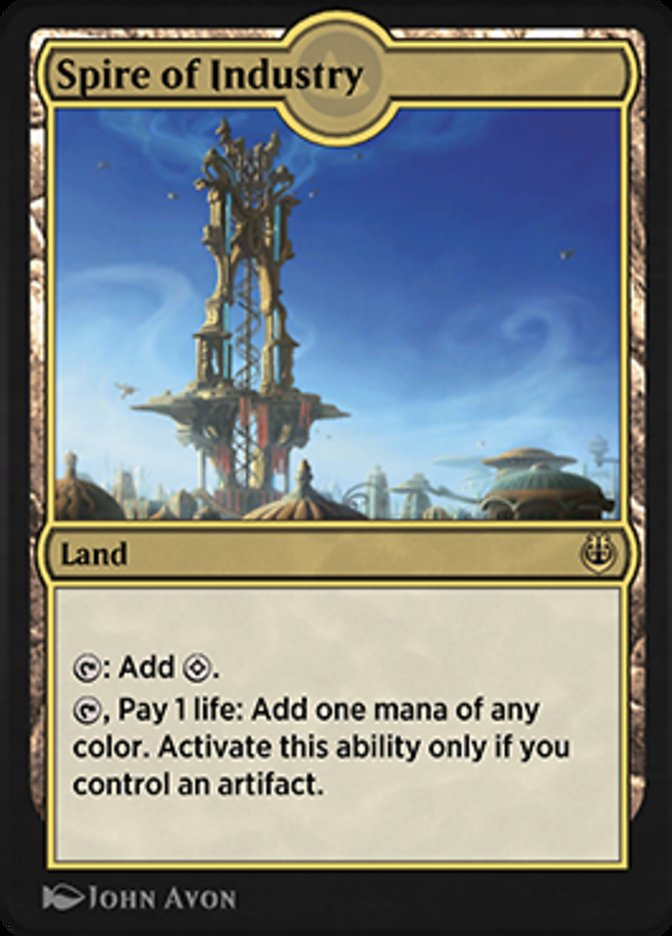
Spire of Industry is very cheap and can be a versatile pain land – a land that requires life payment to be activated – for any color. It just requires that you have an artifact, and many EDH decks already play mana rocks or can easily generate Treasure. It doesn’t have a significant downside, so you can easily add it to 3-color+ decks. This land is also sometimes played in 60-card Constructed decks, especially those that are artifact-themed.
#14. Alara/Tarkir Uncommon Trilands
These lands all ETB tapped with no upside. However, they’re uncommon lands and able to generate three colors of mana at once. Use them in decks that require all these colors, simple as that. You can combine many of these in 4-color+ decks, too. Of course, the triomes are much better, but they cost $10+, while these are <$1.
#13. Tainted Lands
This four-land cycle from Torment is one of the weirder ones in MTG. It’s a perfect dual land if you control a swamp, and a colorless land if you don’t. These lands are constantly reprinted in EDH decks that have swamps, so they’re never expensive. They’re some of the best lands if you play a black-based EDH deck, and replaceable if you don’t have basic Swamps. In the right deck, Tainted Field is often a $0.50 [card]Scrubland or Vault of Champions.
#12. The Amonkhet Cycling lands
These lands are ordinary taplands in allied colors that don’t give you any extra benefit, besides the land types. However, they can cycle for , making them a very flexible land. If you’re drawing a bunch of land and flood a little, just cycle them right away for an extra card. There are also synergies that can be activated by discarding a card or when a land goes into your graveyard.
#11. Gemstone Mine
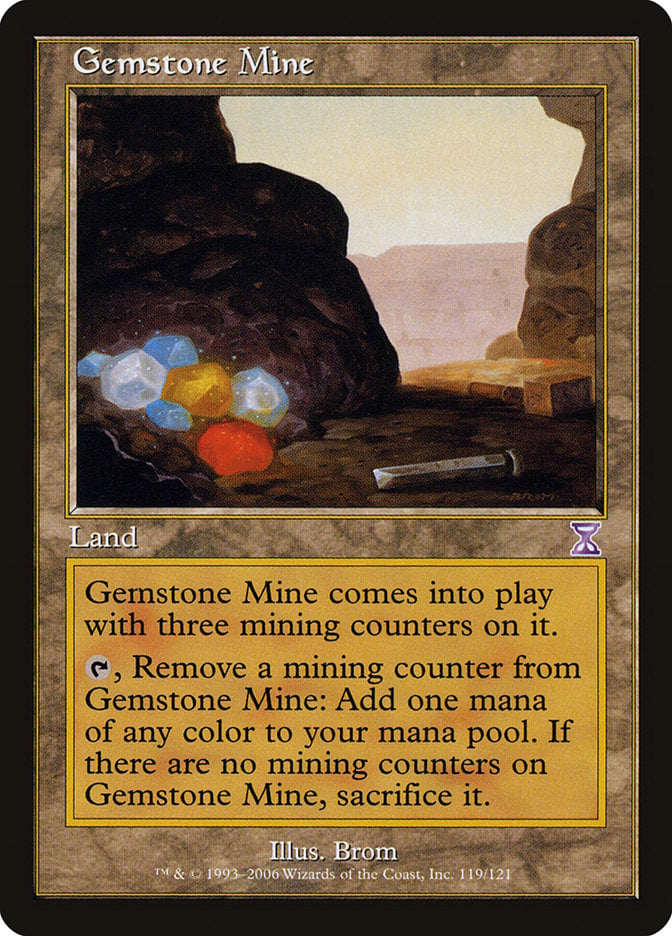
Gemstone Mine has three uses, and once they’re used the land is gone. But in decks that have a heavy multicolor requirement, it can be a valuable asset. The card gets better if you have land graveyard recursion so you can play the mine again with all charges. It’s clearly better in the early game, as you’re developing your mana base, and it’s okay to let the mine go once you’ve got enough lands.
#10. Tango Lands/Battle Lands
These lands are called battle lands because they were printed in Battle for Zendikar, and only in allied color pairs. The more basic lands you have in your deck, the better, as they’ll come into play untapped more reliably. Plus, they’re fetchable since they have the basic land types. Two basics are the name of the game, after all, it takes two to tango.
#9. Ravnica Bounce Lands
These lands get their name because they require you to bounce a land back to your hand. It’s actually a nice upside because they generate 2 mana, so it’s as if you just drew another land. You can get small synergies going on like reusing ETB effects on lands, reset cards like Gemstone Mine, or effects that allow you to play more than one land each turn. You should play them in 2-color decks, slow decks, and decks that lean heavier towards a color combination. Sometimes your deck is mainly but you splash a lot of cards, so in that case a card like Azorius Chancery is perfect.
#8. Temples
The temples, first printed in Theros, are among the easiest inclusions in any deck. A tap land that gives you a free scry on ETB is an elegant design because you’ll get a clear downside and a clear upside. It’s not bad in multiples either, since scrying each turn upsets some of the tempo loss. There are temples in all color pairs, and they’re always being reprinted in Commander products to stay accessible.
#7. The Odyssey Filter Lands
Available only in allied-color pairs, these are the filter lands, and with these you’ll be able to turn a colorless mana into two colors of mana. The main downside is that they don’t do anything on their own, so you’ll have to think a little harder to use them and not tap your lands in the wrong order. These tend to shine in 2- and 3-color decks.
#6. The Innistrad Activated Lands
These lands don’t fix your mana, but they come with special abilities to spend mana and profit. They’re usually a worthy addition in decks that can pay their activated abilities. What’s more, they offer special synergies. In a +1/+1 counter theme, it’s nice to run Gavony Township, while in decks with a lifegain theme you’d like to run Vault of the Archangel, and so on.
#5. Exotic Orchard
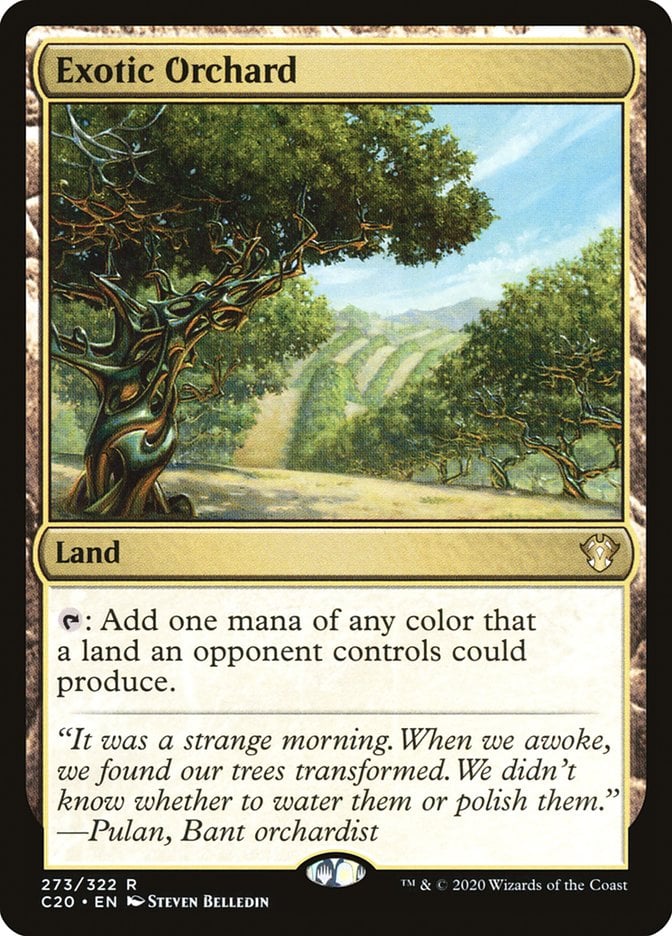
The main downside of Exotic Orchard is that you’ll rely on your opponent’s mana-producing capabilities. Fortunately, EDH is a format where you usually face three opponents, and they rarely play the same color or colors. If you often face 3+ color decks, Exotic Orchard can be one of your best lands.
#4. Innistrad/M10 Check Lands
Check lands are lands that check to see if you have a land of that type, and if you do, they’ll ETB untapped. These lands see play in many formats and get better the more basic lands you have, or the more lands with types you have. Shock lands and triomes are very good and synergistic with the check lands, and running these in 2- to 3-color decks should be good most of the time.
#3. Rogue’s Passage
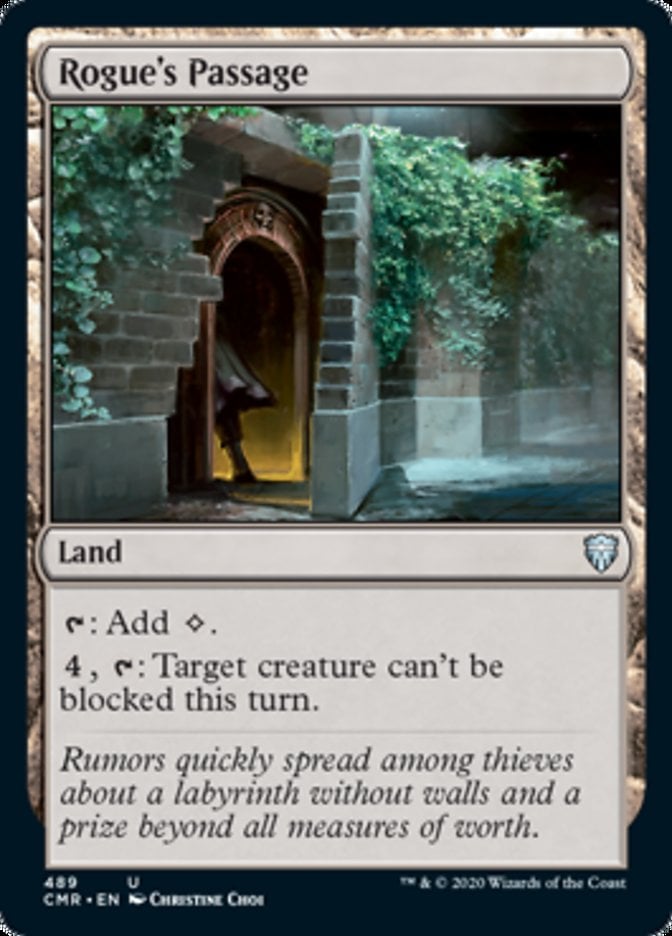
Although it doesn’t fix your mana, giving unblockable to a creature on a land makes running a copy of Rogue's Passage worthwhile. Many effects, creatures, and commanders these days require you to connect with a creature. In Voltron EDH decks, it’s an integral part of your win condition.
#2. Pain Lands
Losing life to activate a land is very negligible in EDH most of the time. It’s a slower format and you start with 40 life, after all. Pain Lands see play in formats like Standard and Pioneer too, but you’ll get a significant disadvantage against a mono-red burn deck. These vary between $1-3 each because they’re rare and playable in formats like Standard, but they’re worth the investment.
#1. Command Tower

Command Tower is the stapliest of staples in EDH, allowing you to generate any color of mana that you require with no downside whatsoever. Every decklist in EDH starts with one of these, and until WotC prints a strictly better Tower, it will remain that way. Of course, it’s useless in other formats. It only adds 1 mana, though, and you don’t have other benefits like scrying or an activated ability. With that all said, these are a few cents each and offer incredible value for the price.
Wrap Up
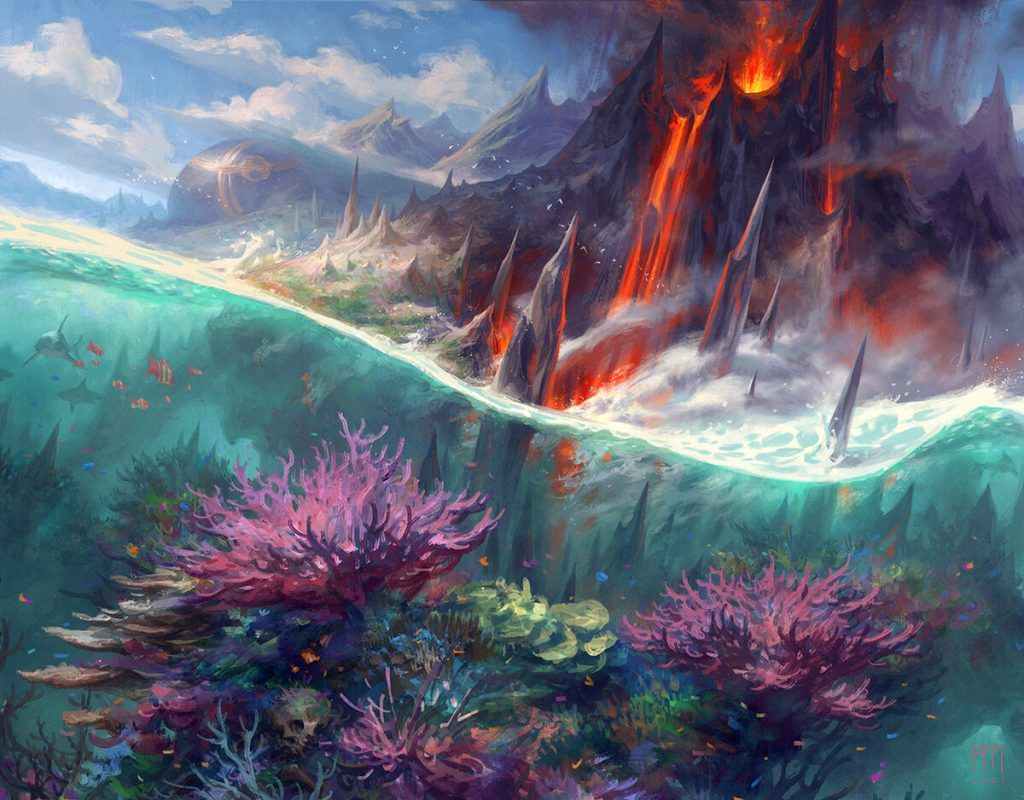
Shivan Reef | Illustration by Andrew Mar
Lands are among the most important types of MTG cards, and they’re vital to make your deck work properly. As most of the good lands are rare and highly sought-after, it’s important to have budget lands up your sleeve. Of course, as you acquire, trade, or open better lands, you should gradually improve your mana base if it’s composed mainly of budget lands. These lands are excellent for low-powered, more casual EDH builds. Also, it’s important to note that the best lands depend on the colors and basic lands you’re playing, as well as the different synergies present in your deck.
What do you think of my list? Any budget lands that didn’t make it? Let me know in the comments section below, or leave us a tweet at Draftsim’s Twitter.
Thanks for reading guys, and be sure to play your lands in the right order.
Follow Draftsim for awesome articles and set updates: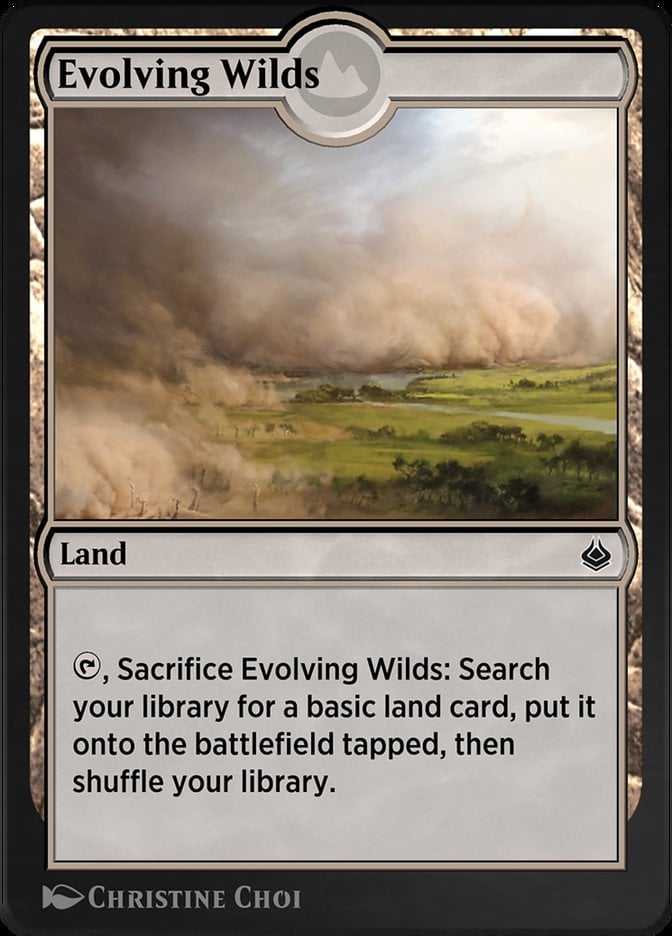
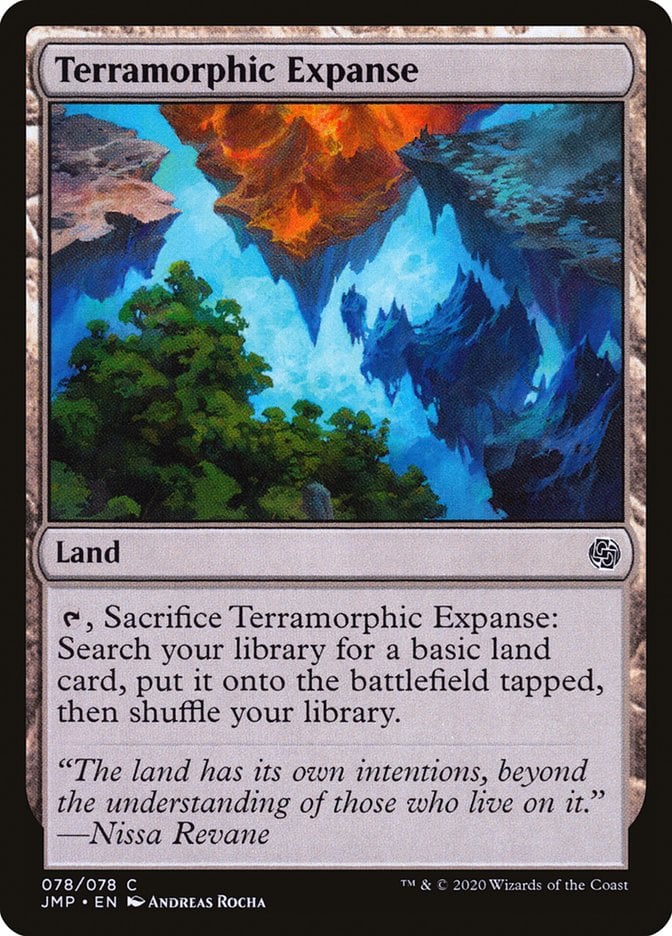
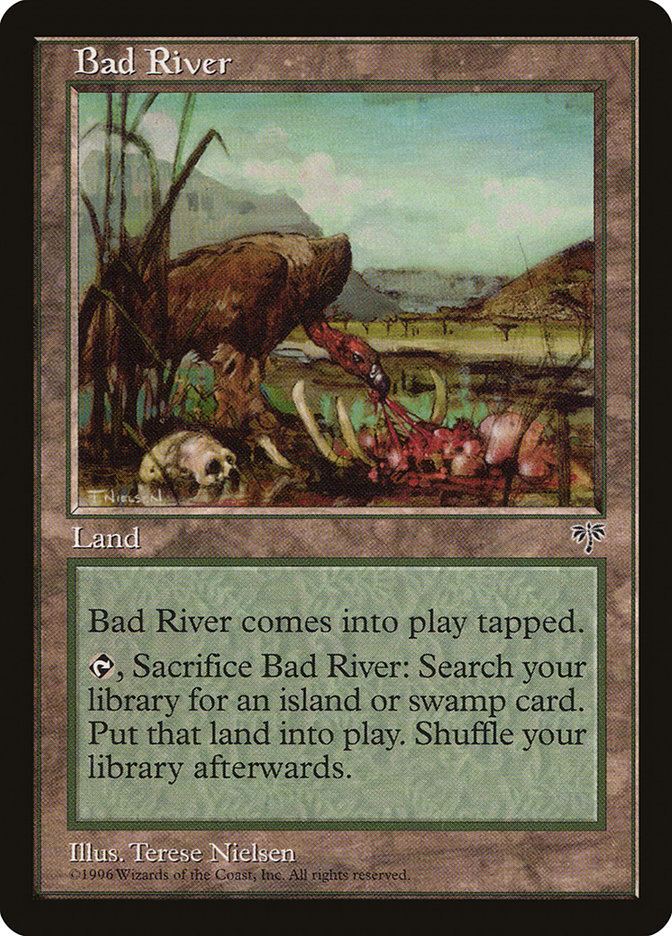
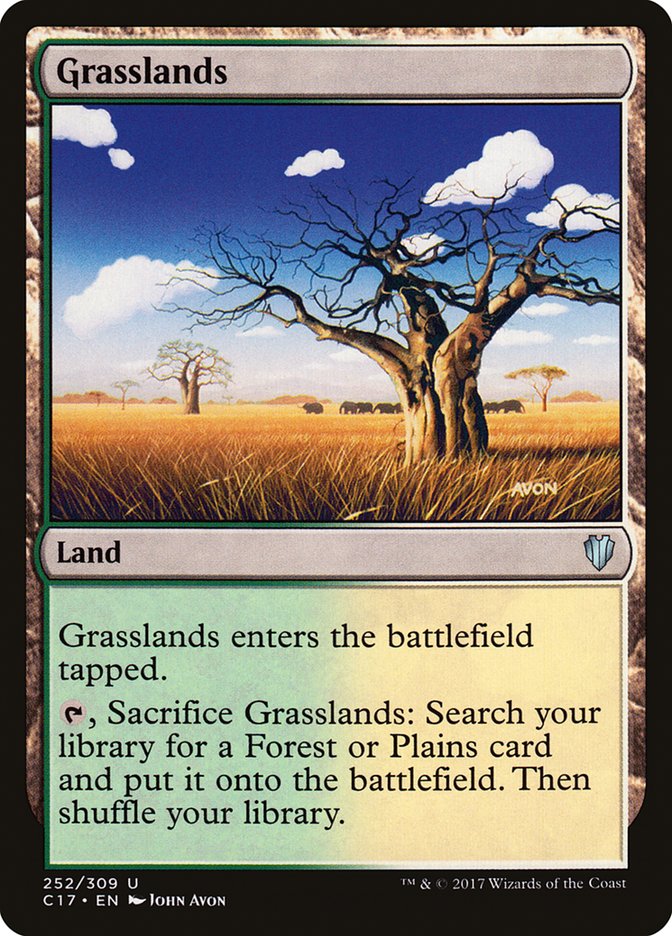
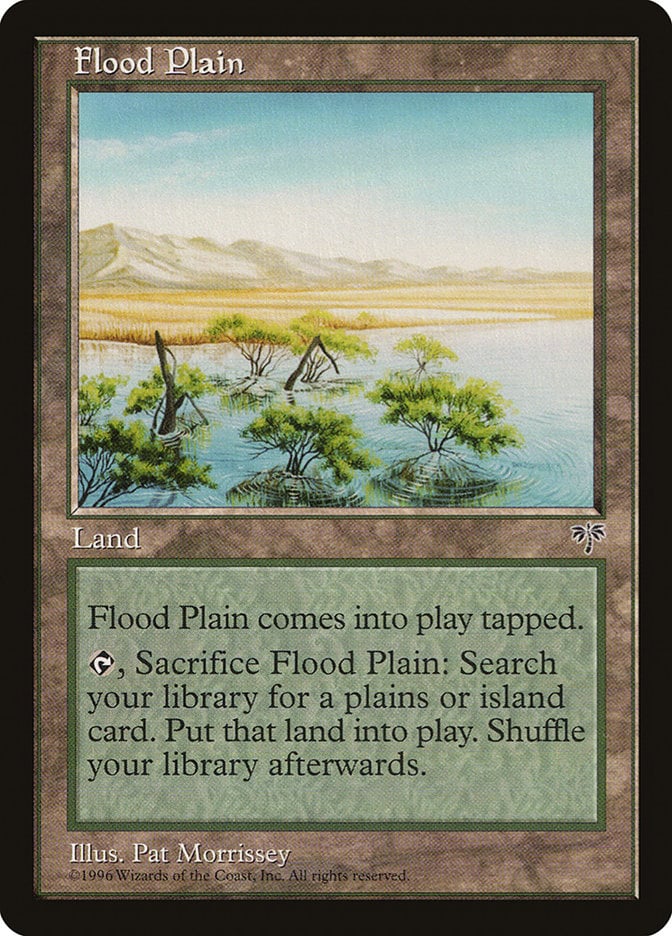

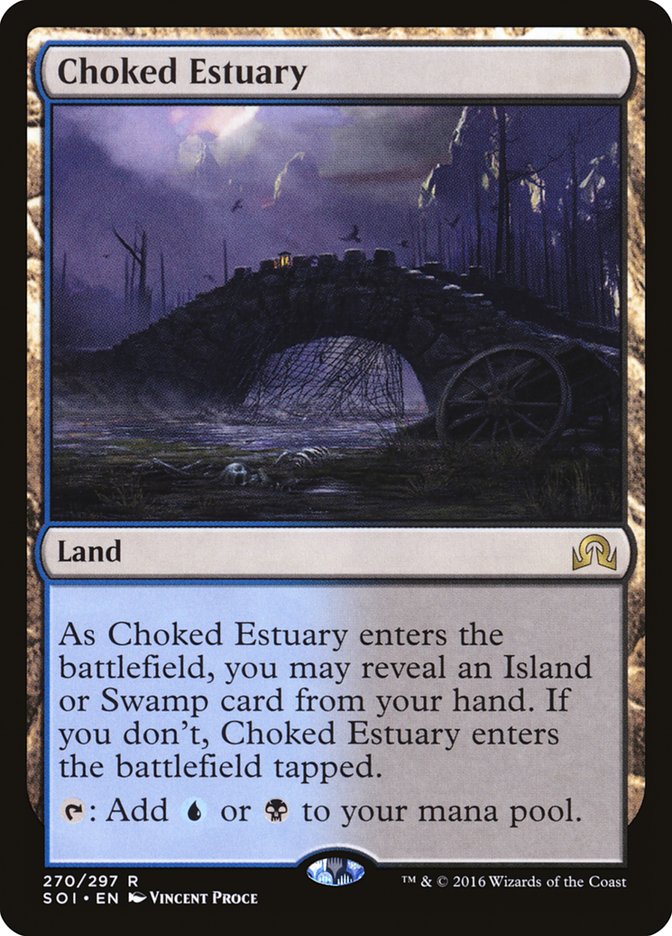
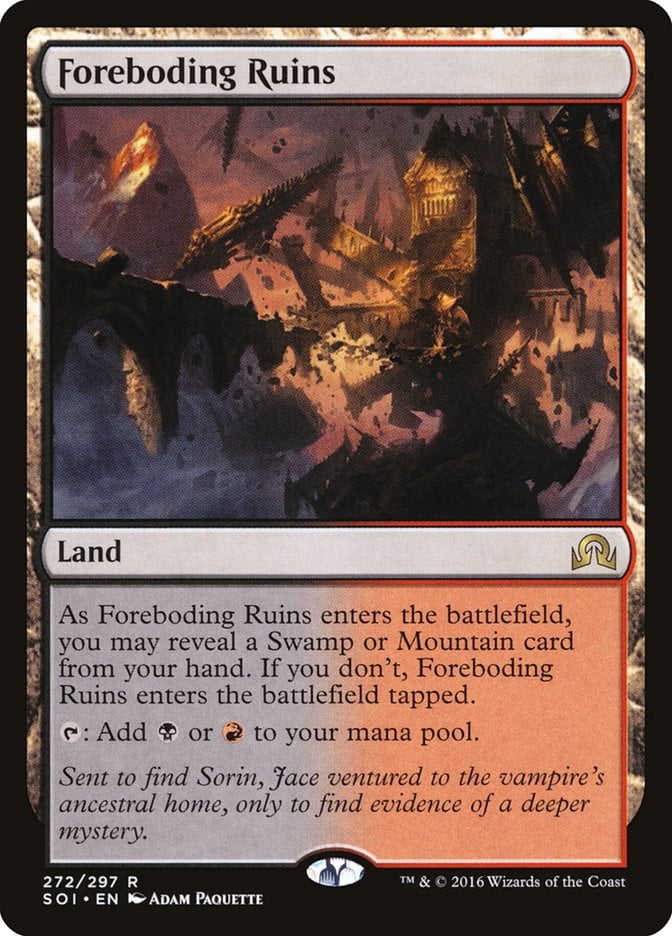
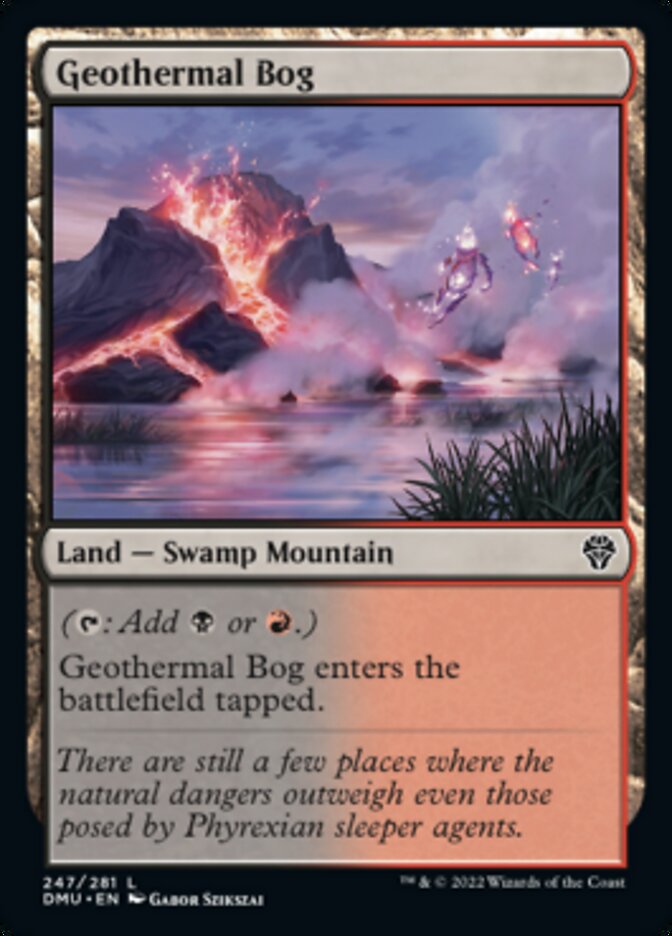
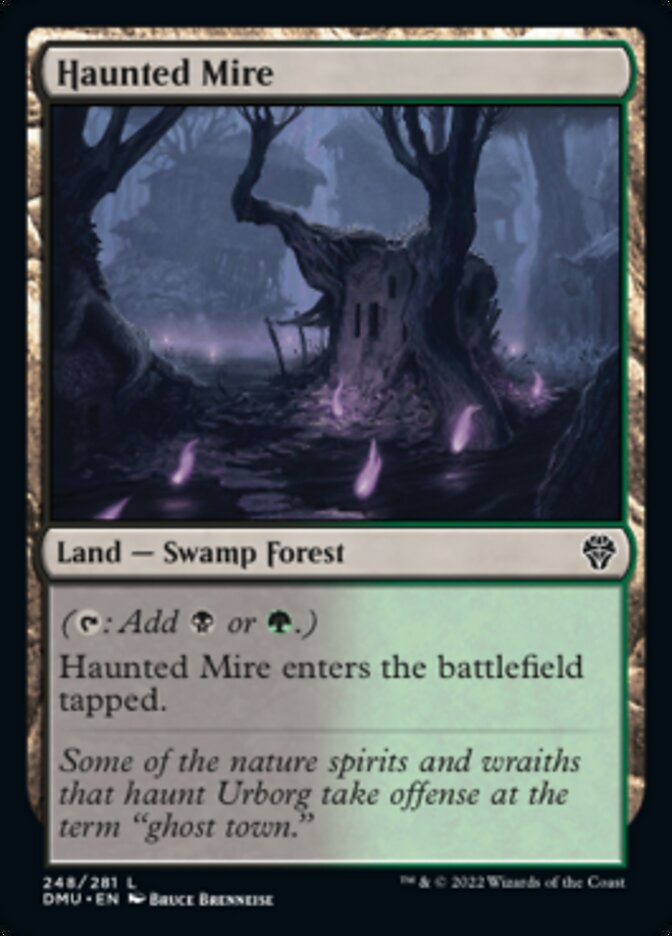
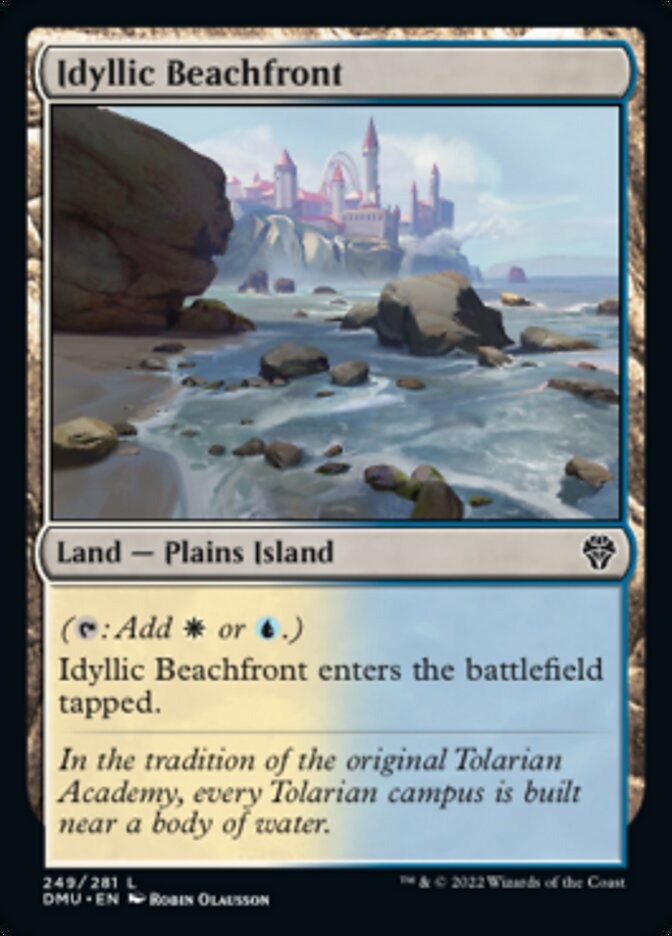
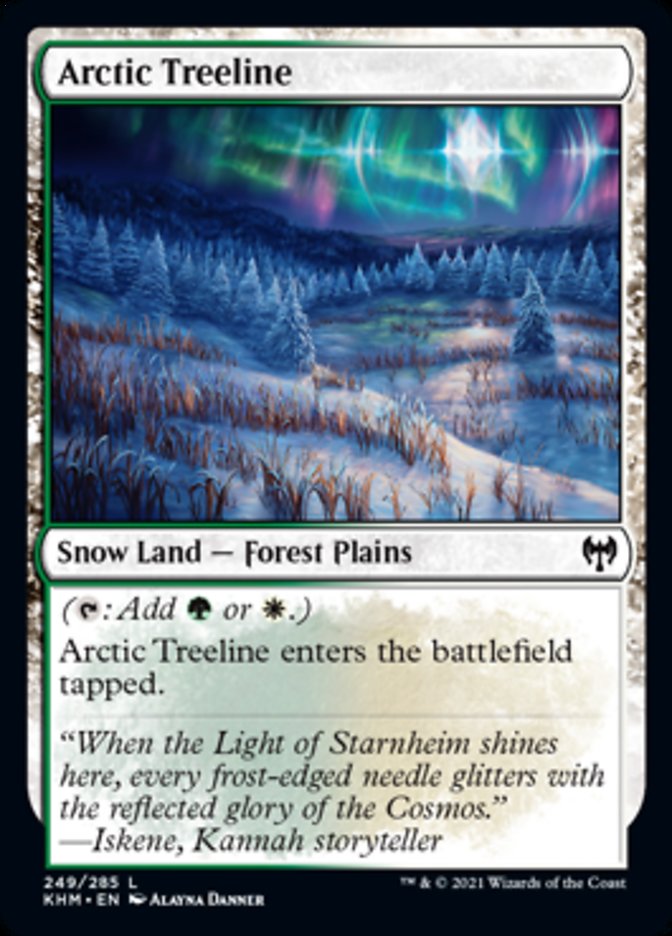

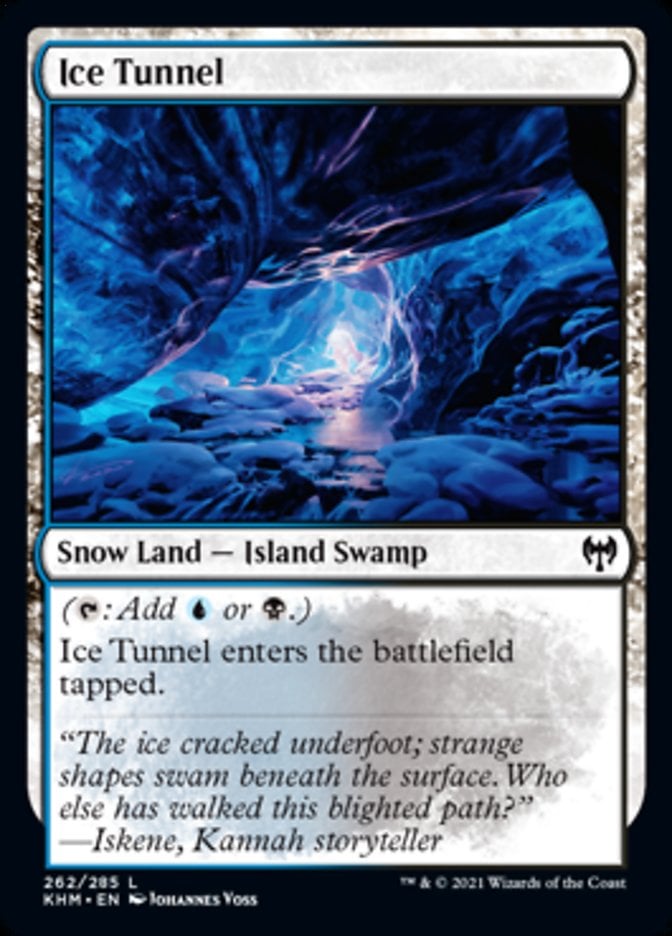
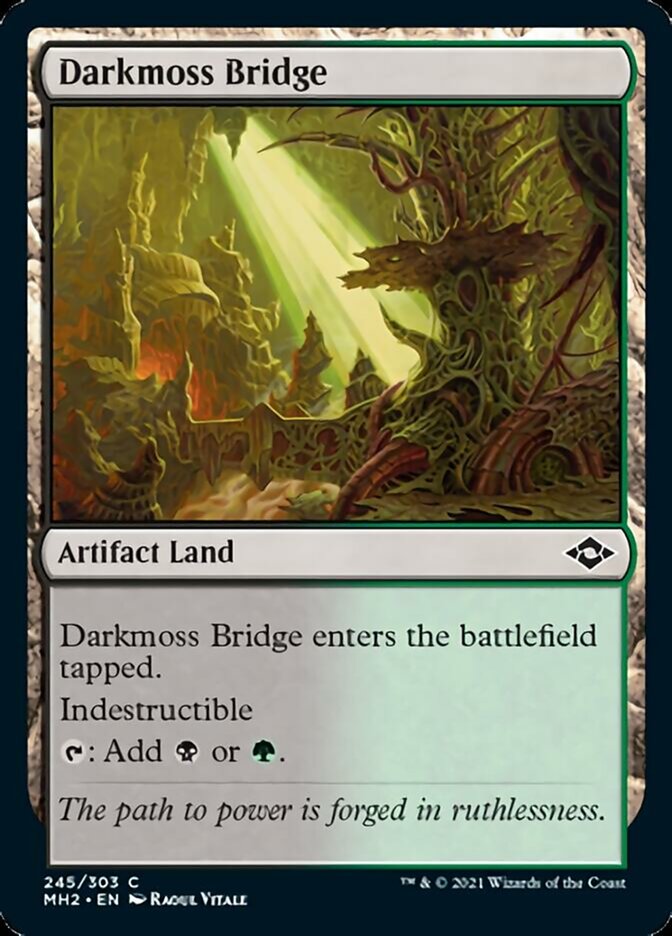
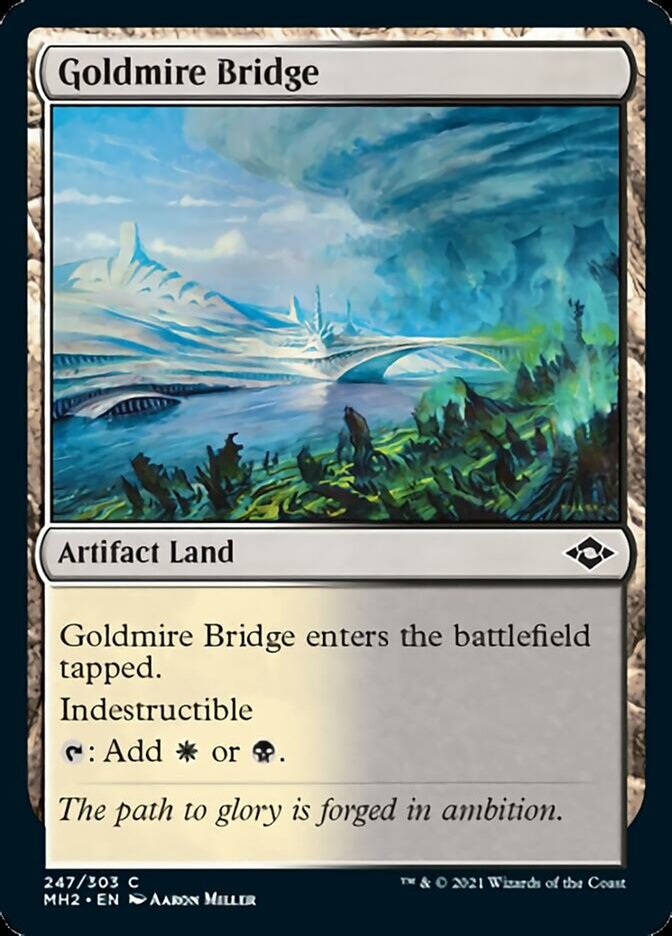




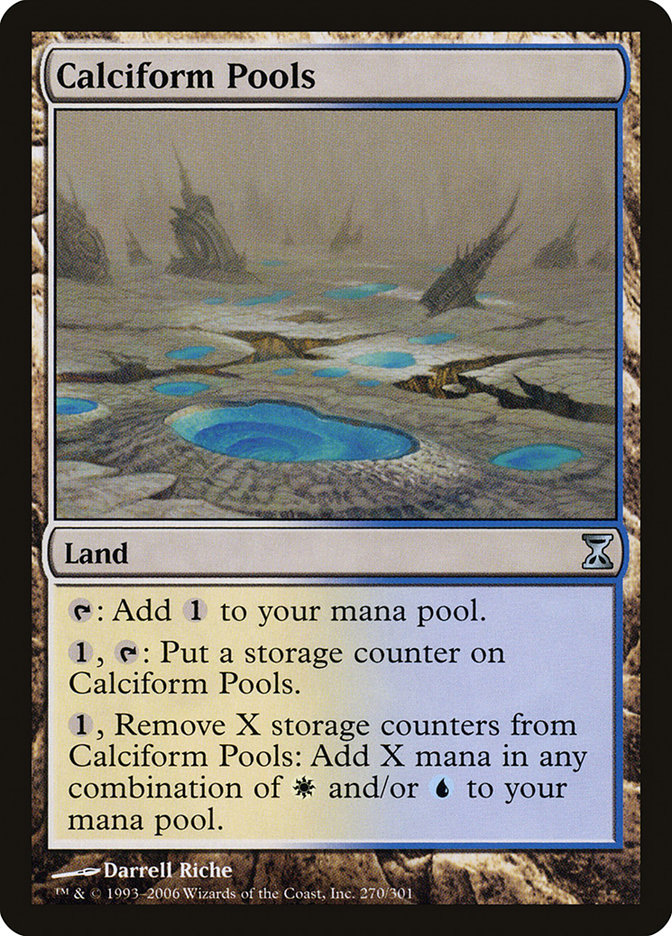
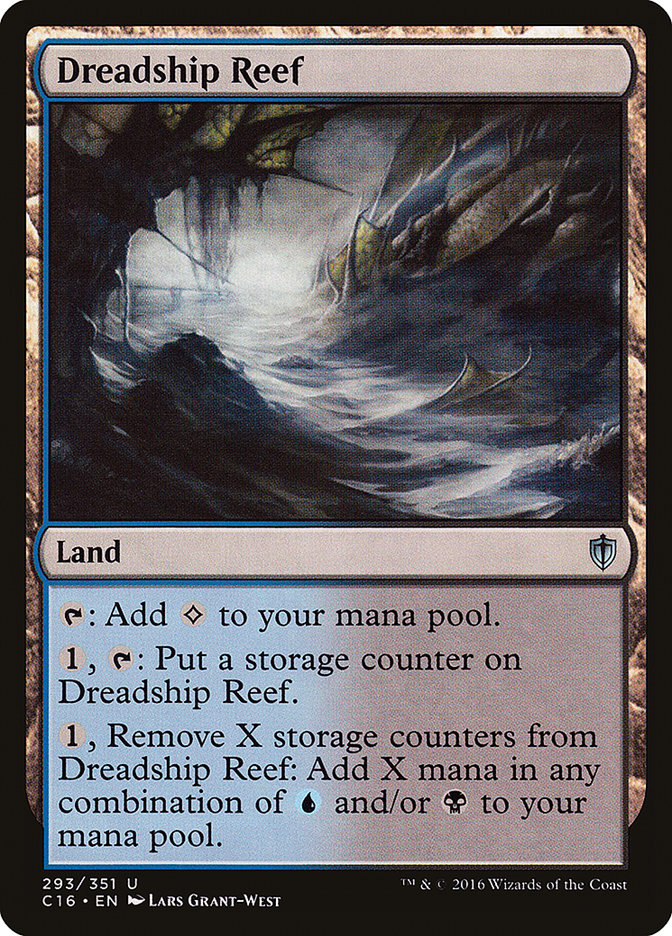
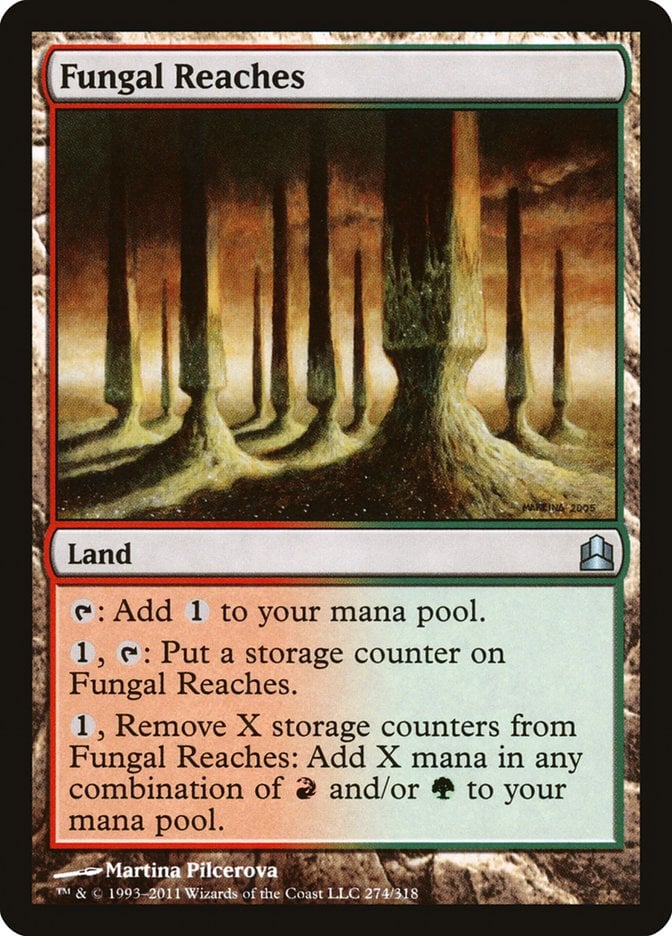



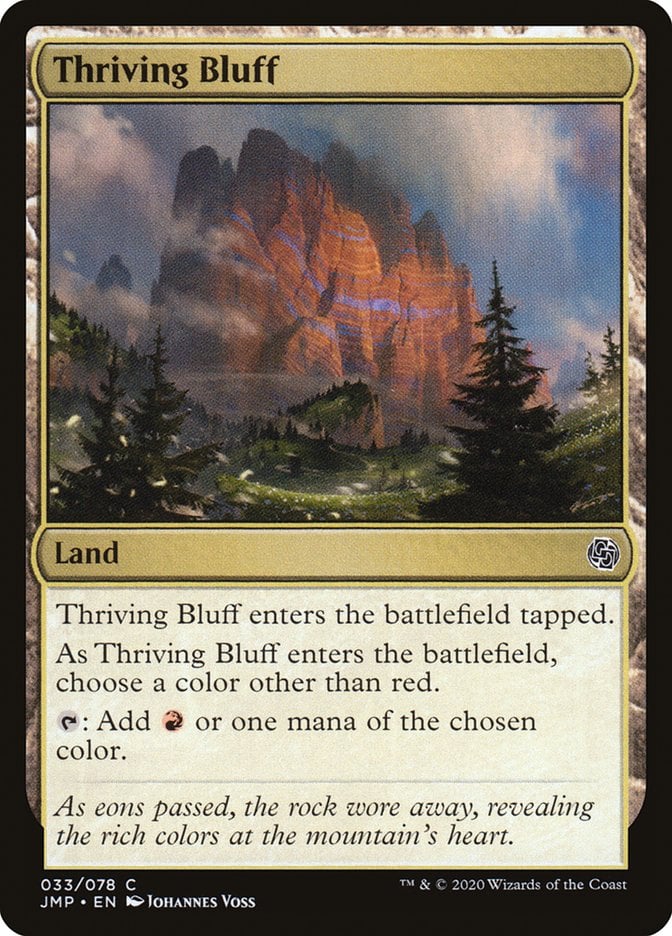

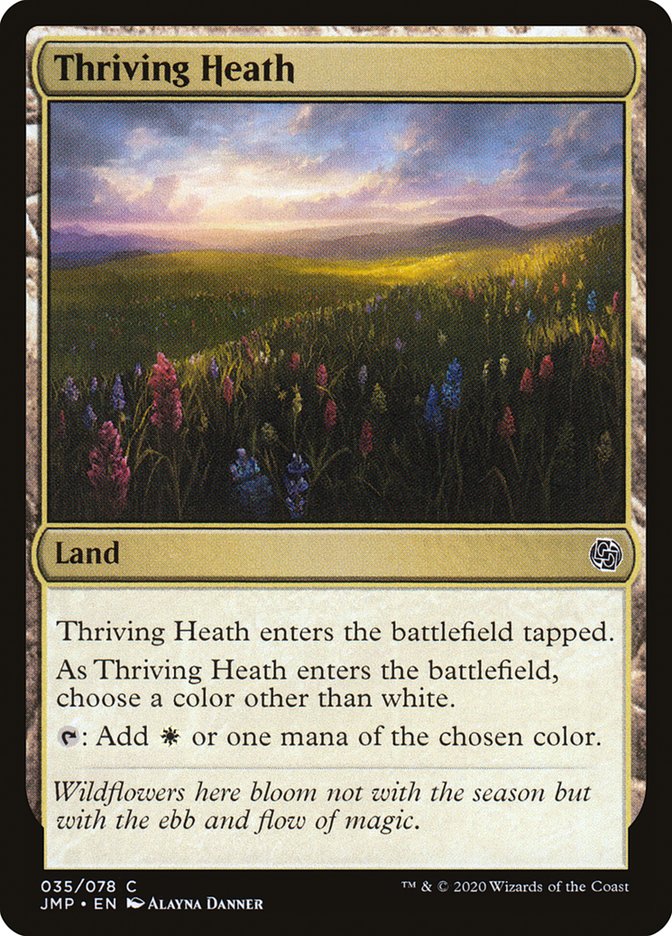

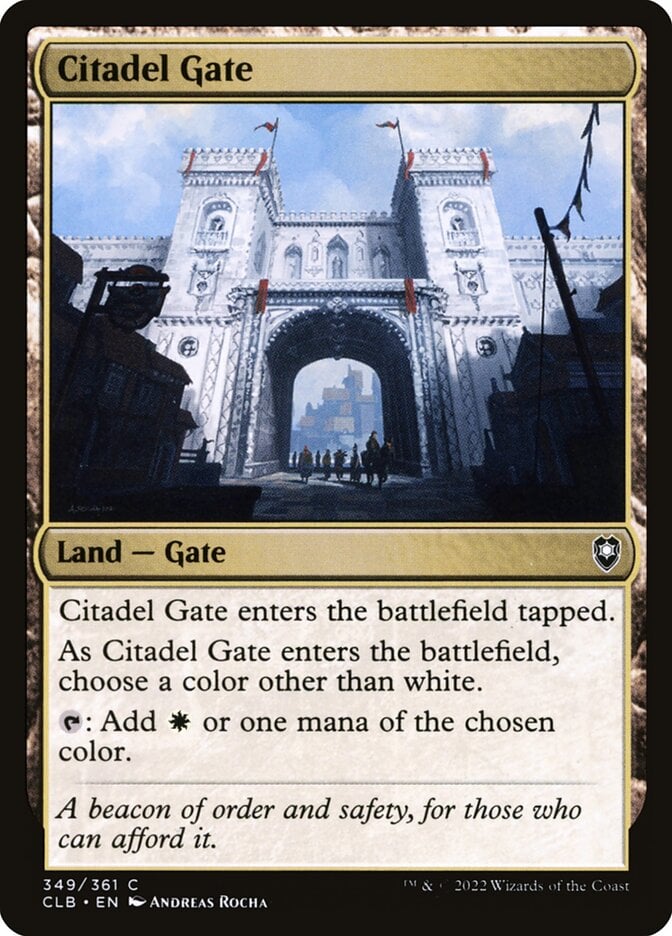

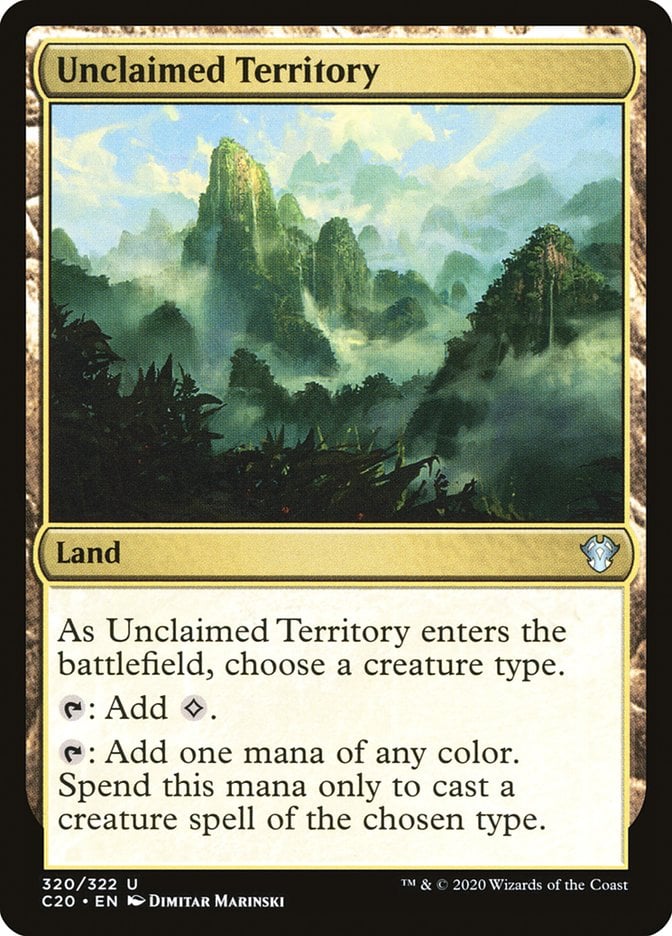
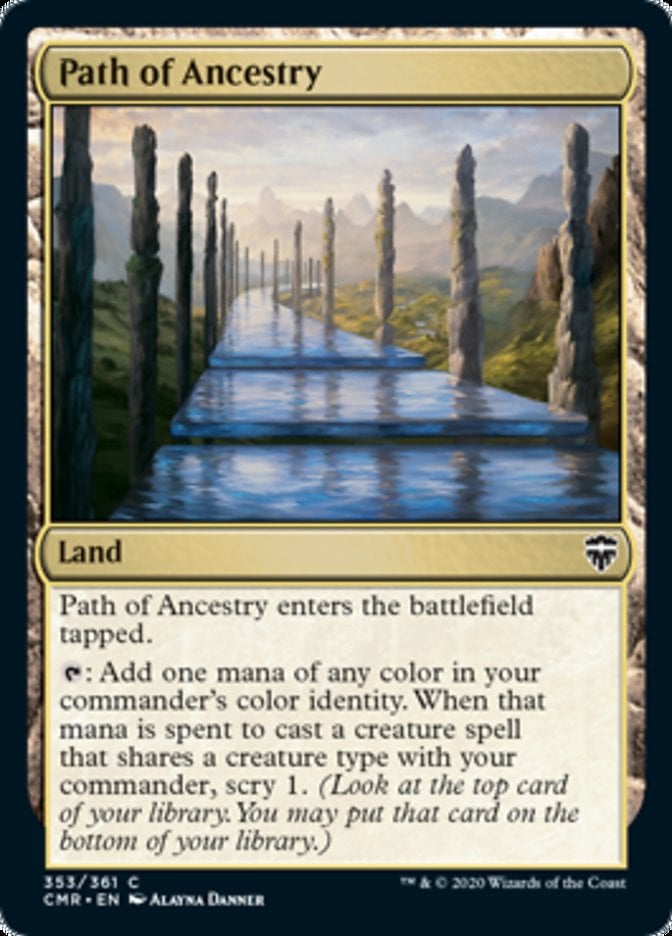
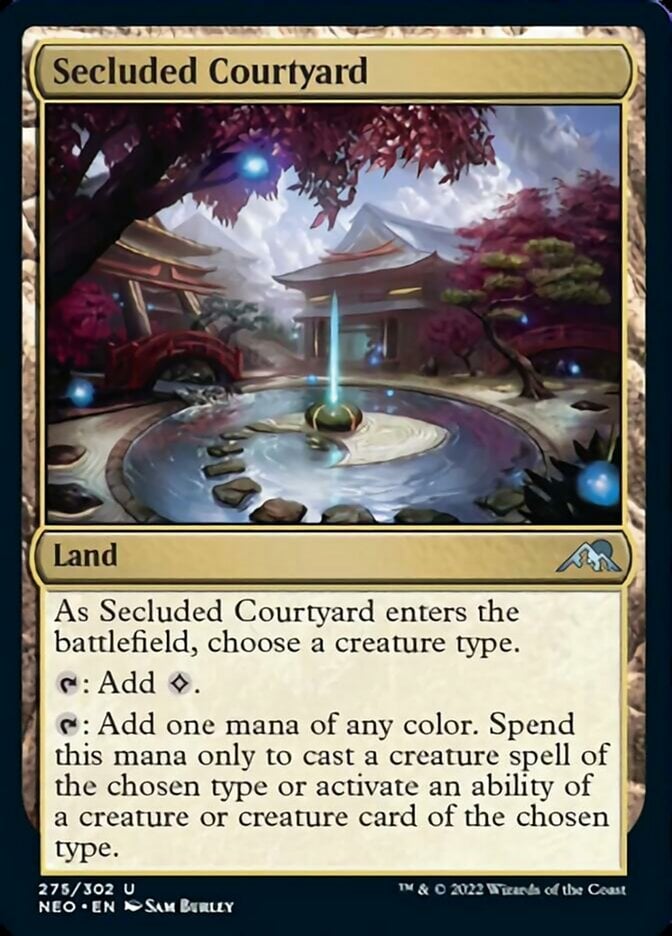

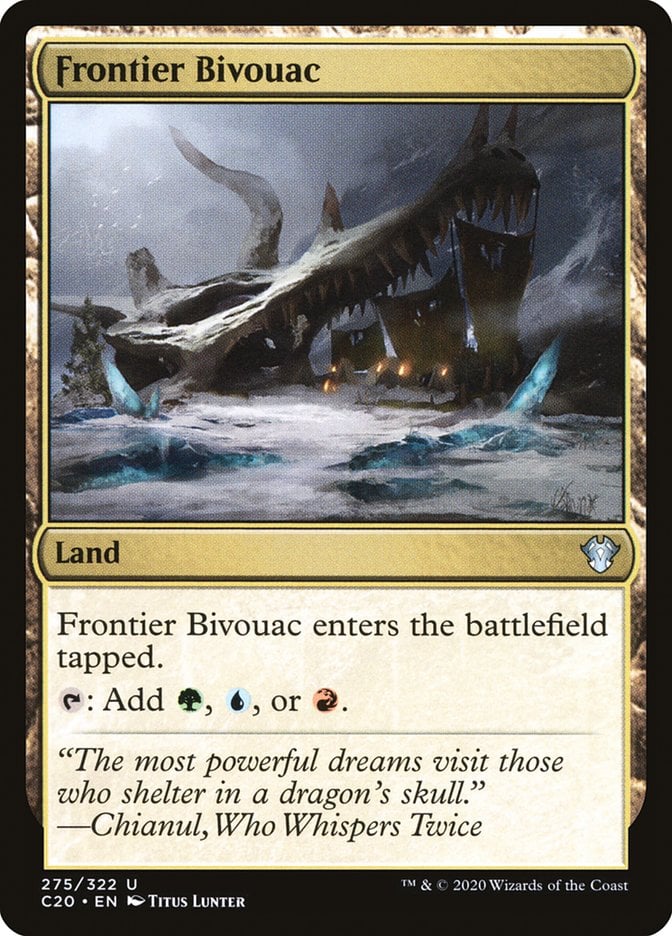

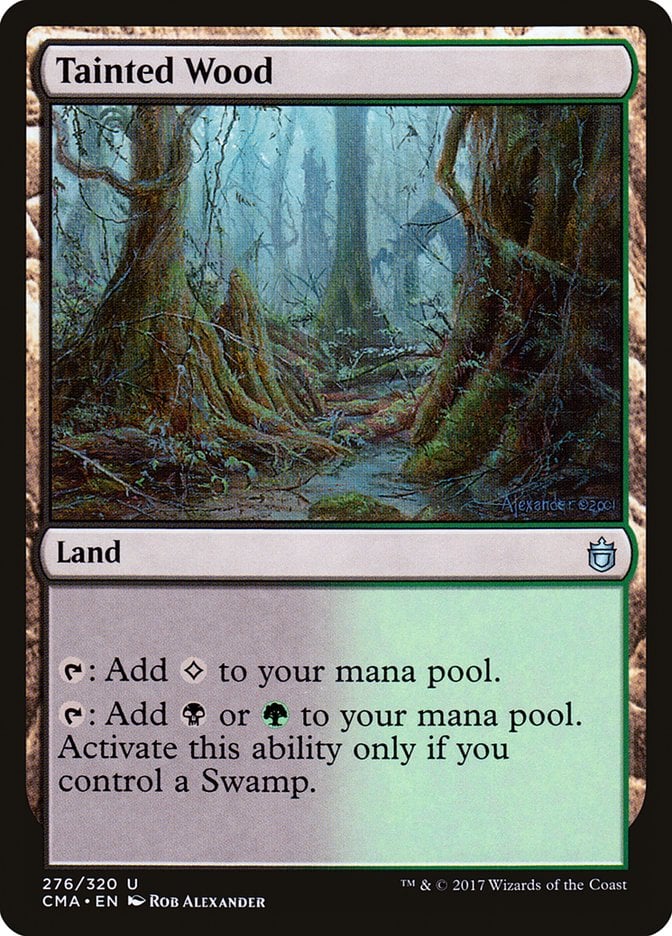
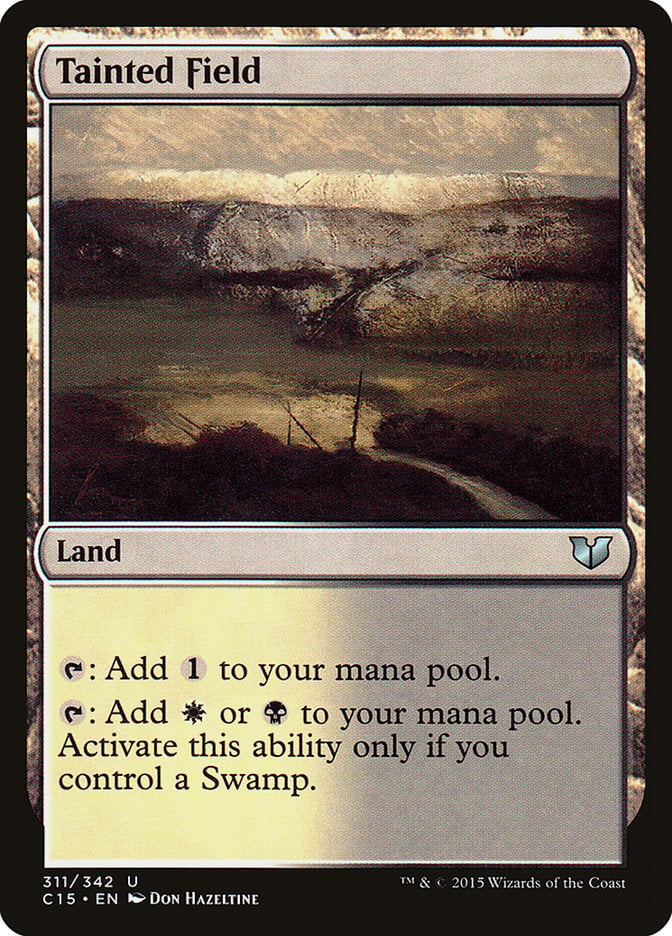

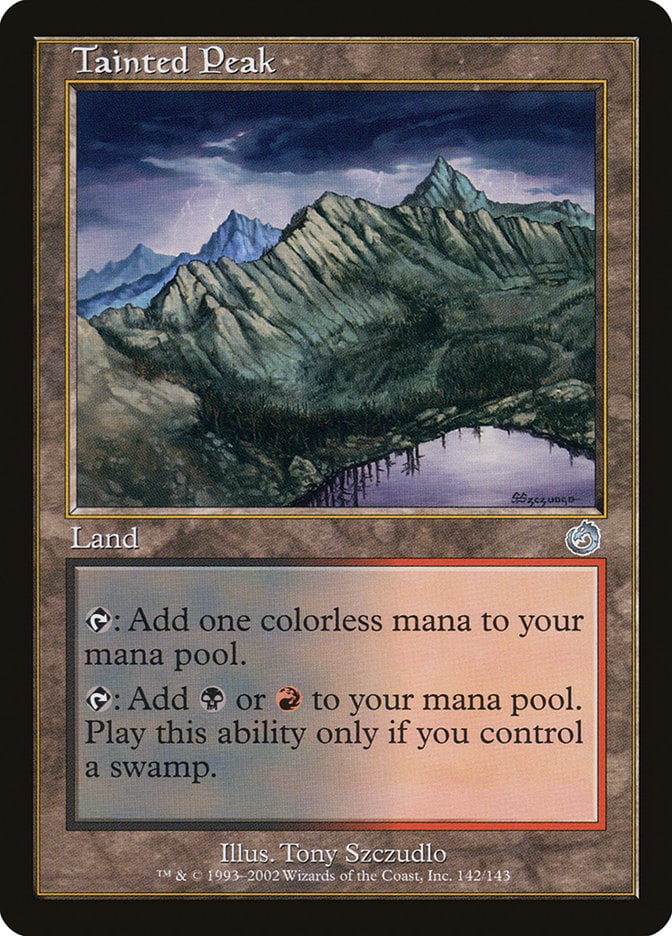
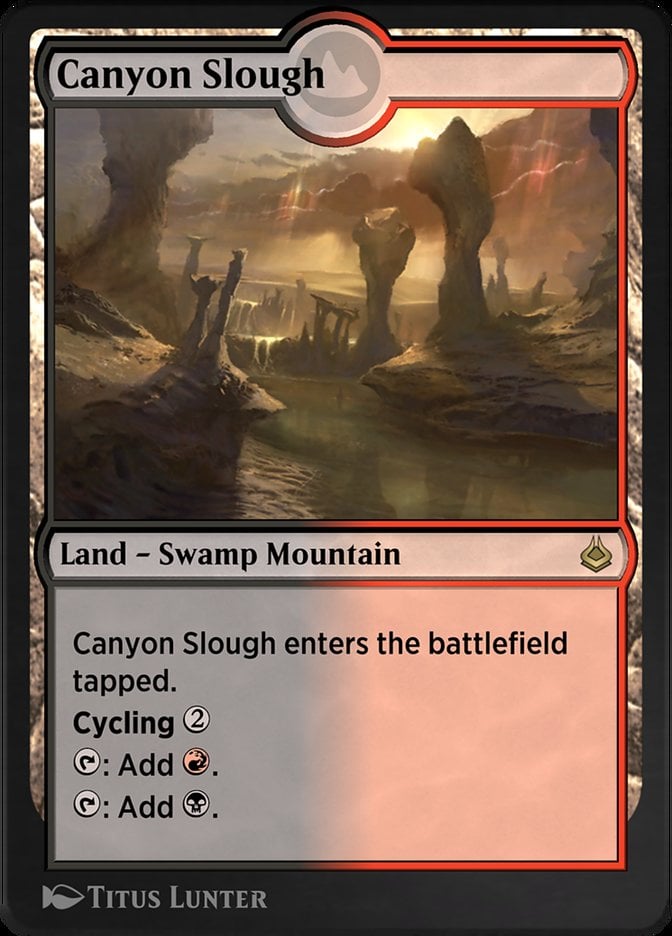
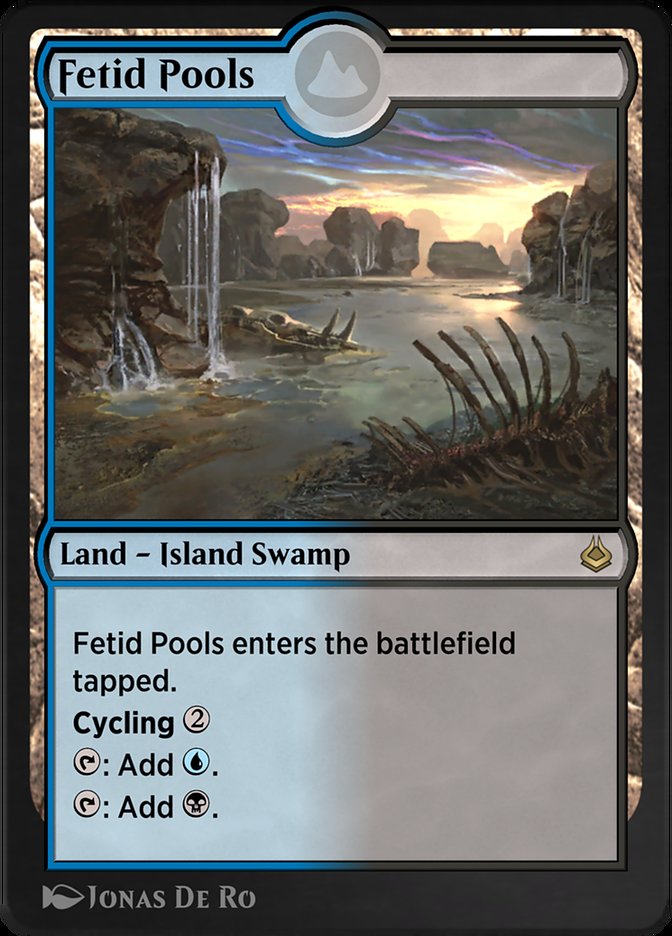
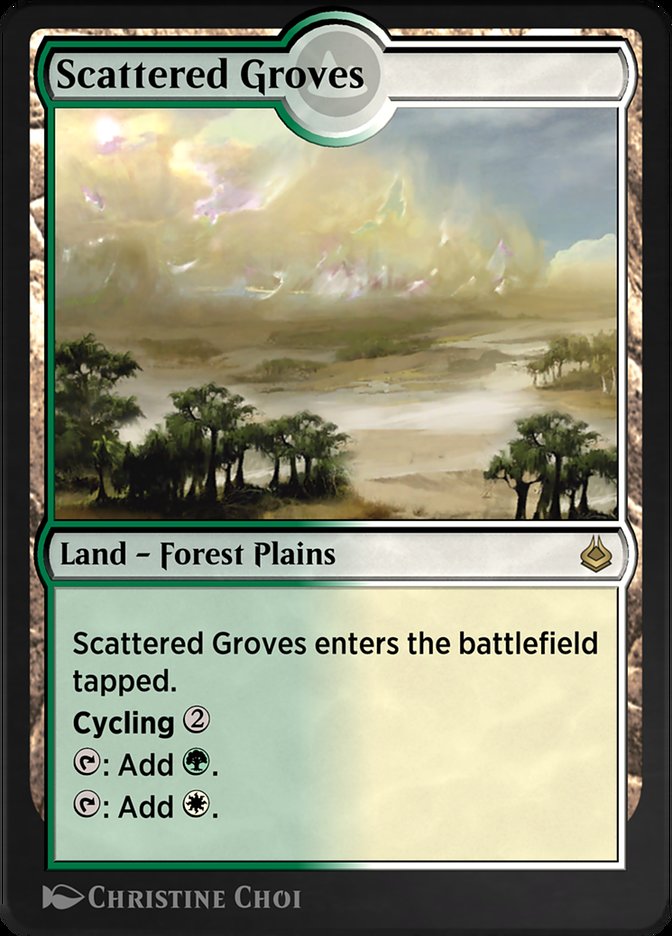

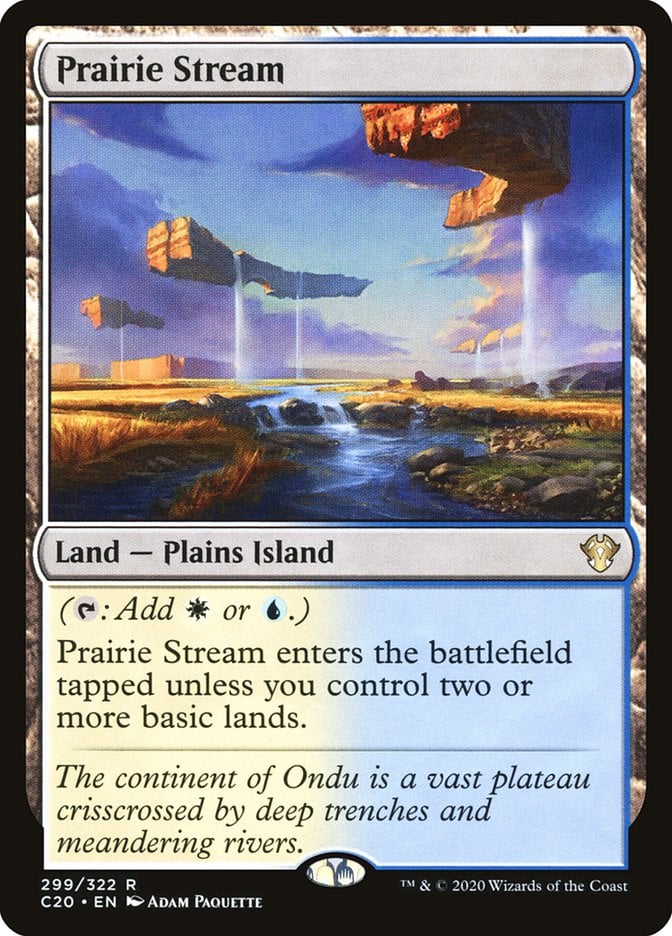

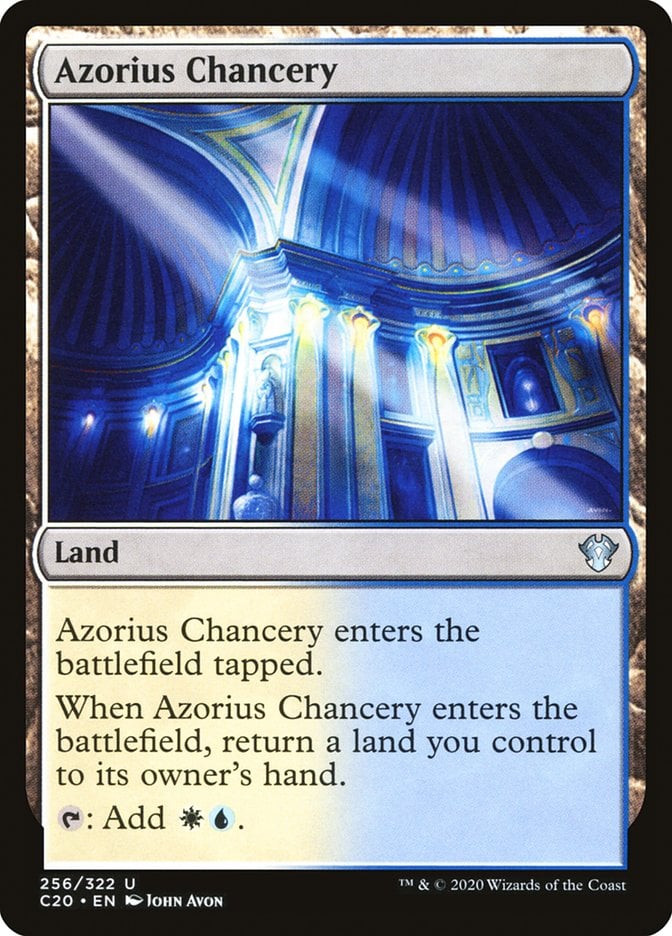
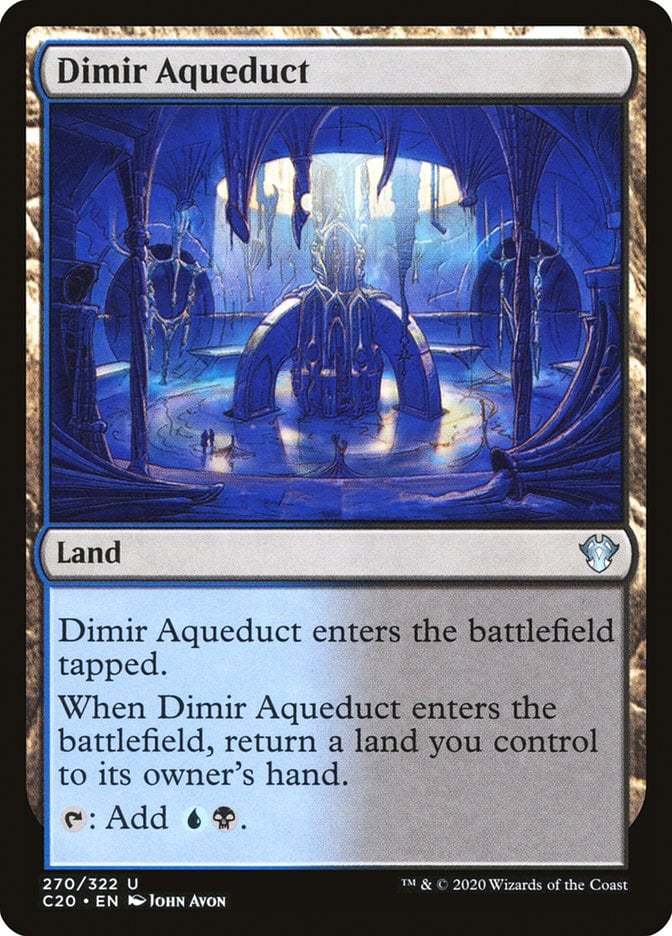
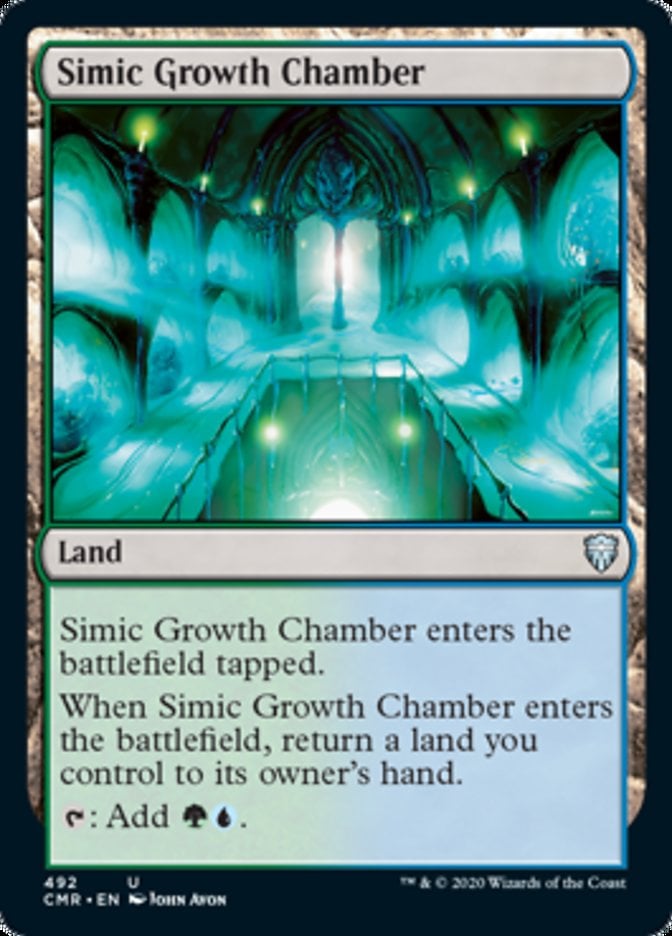
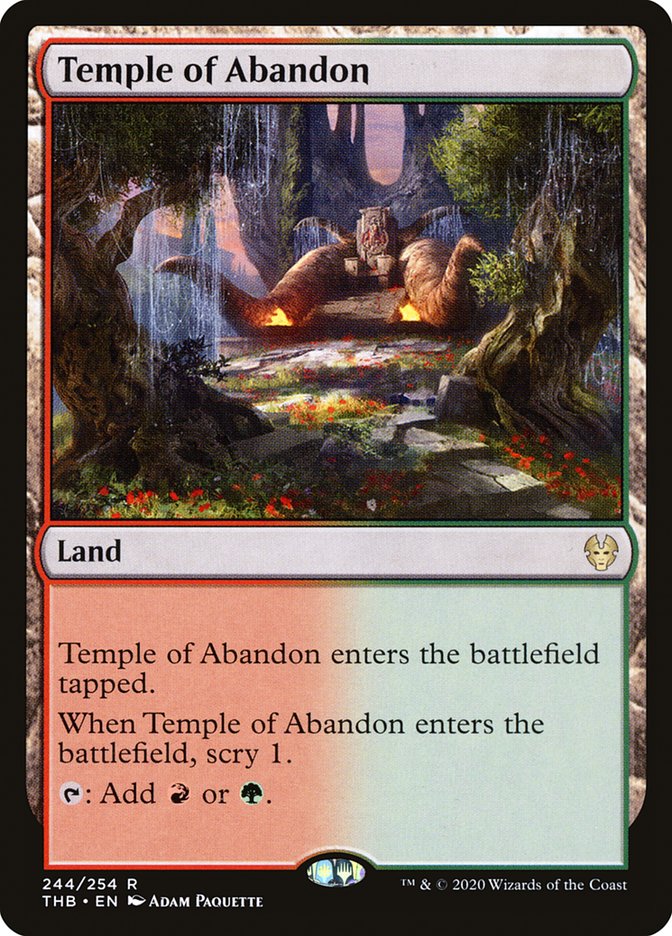
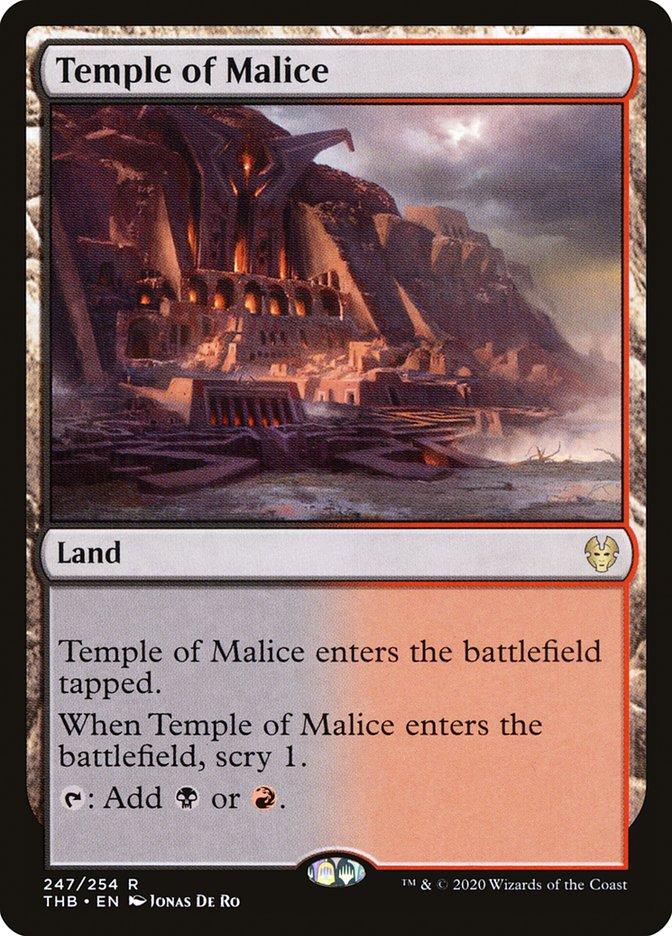


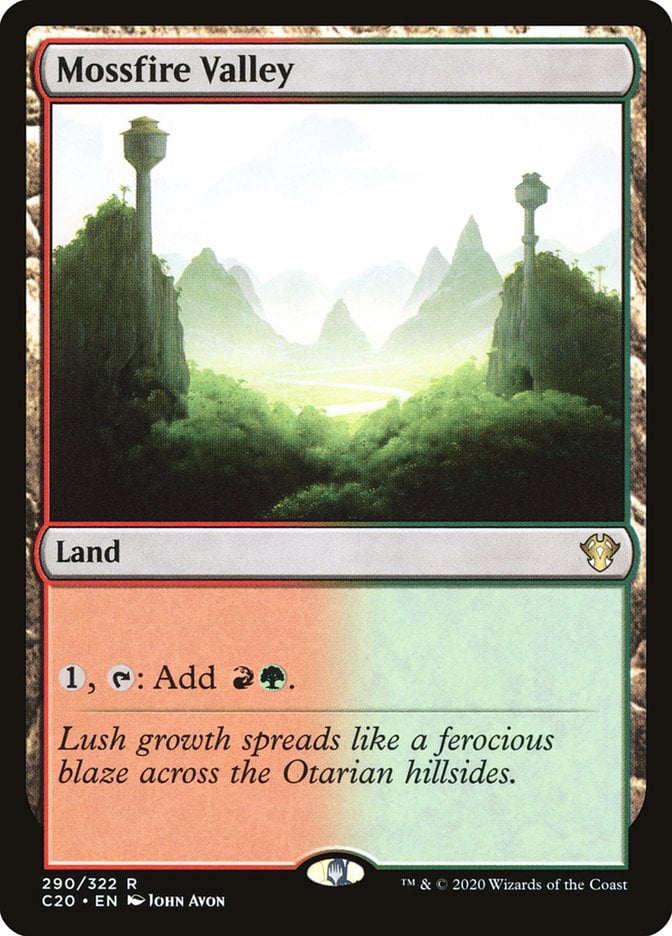
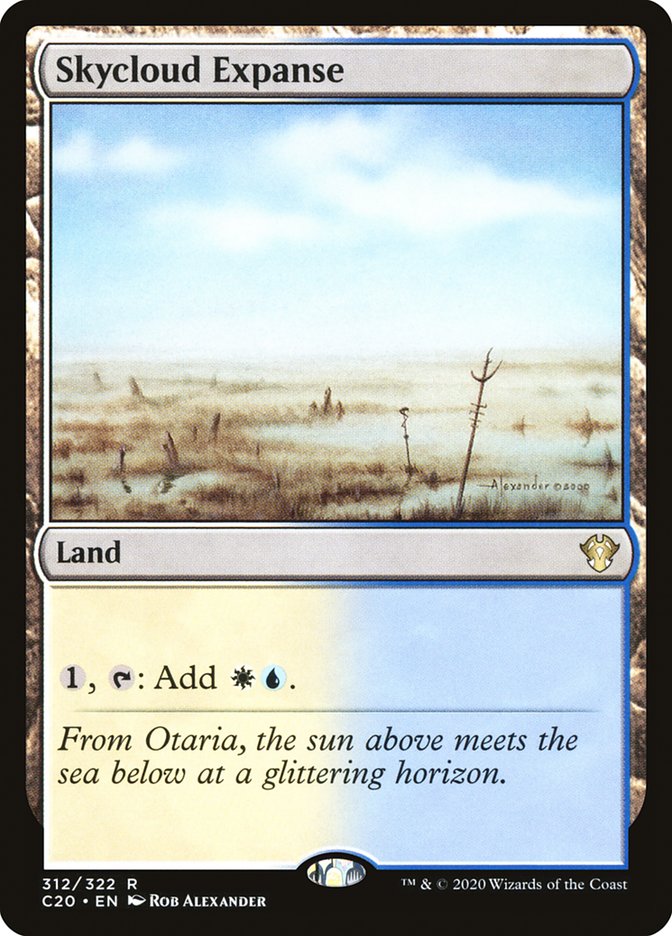

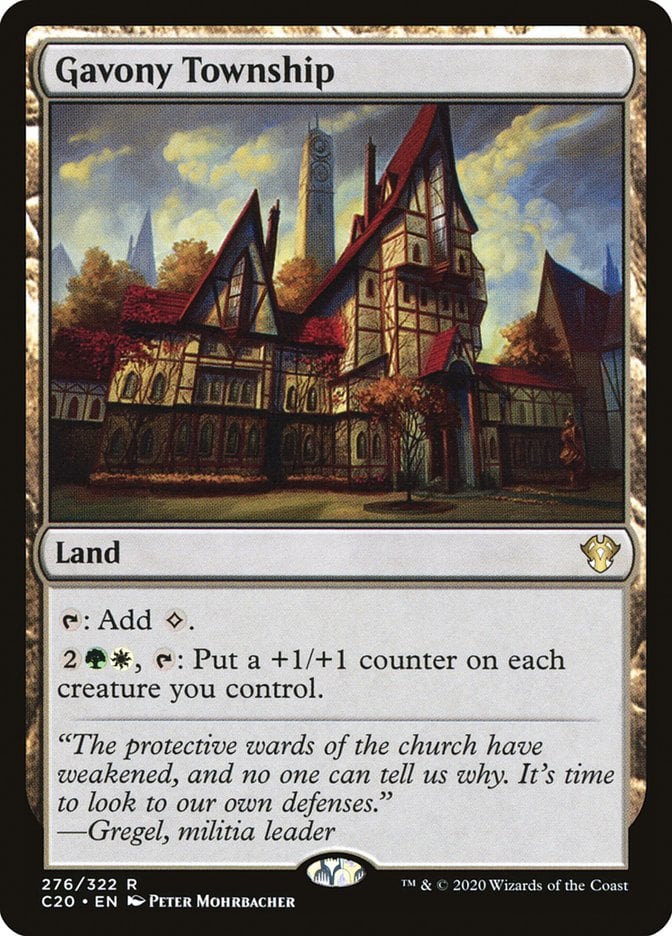
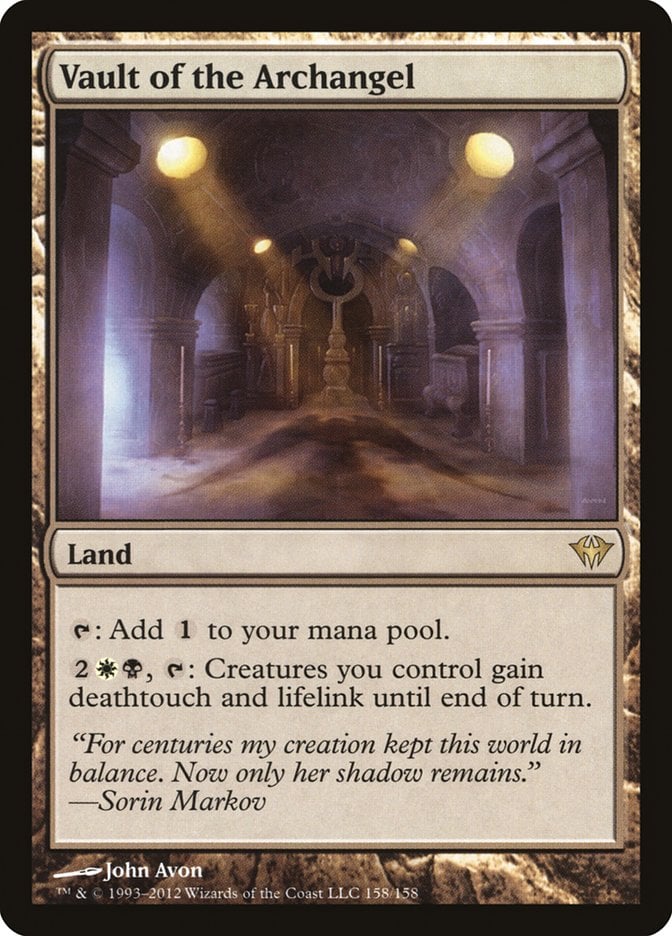
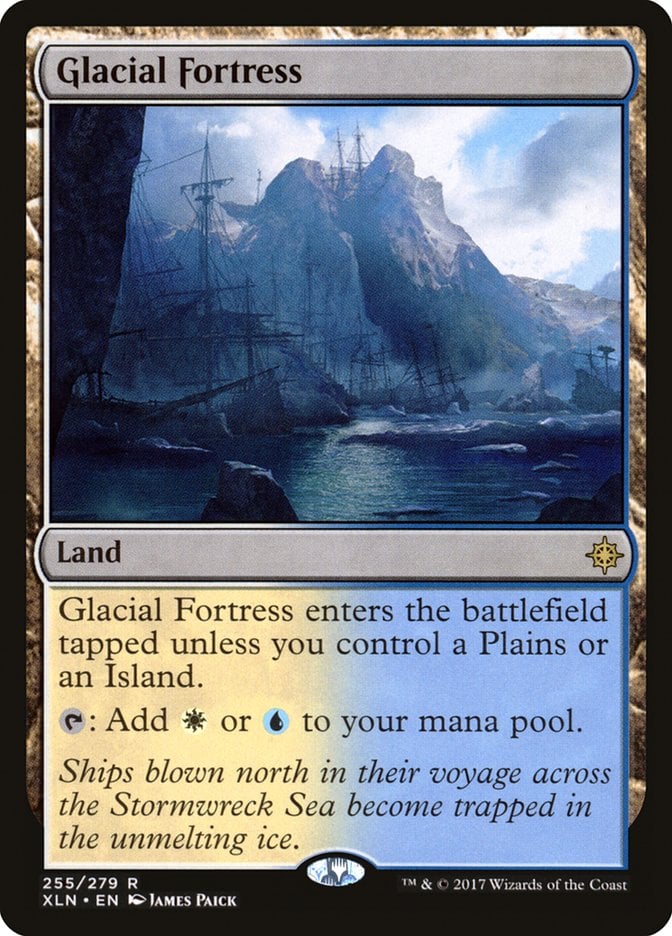
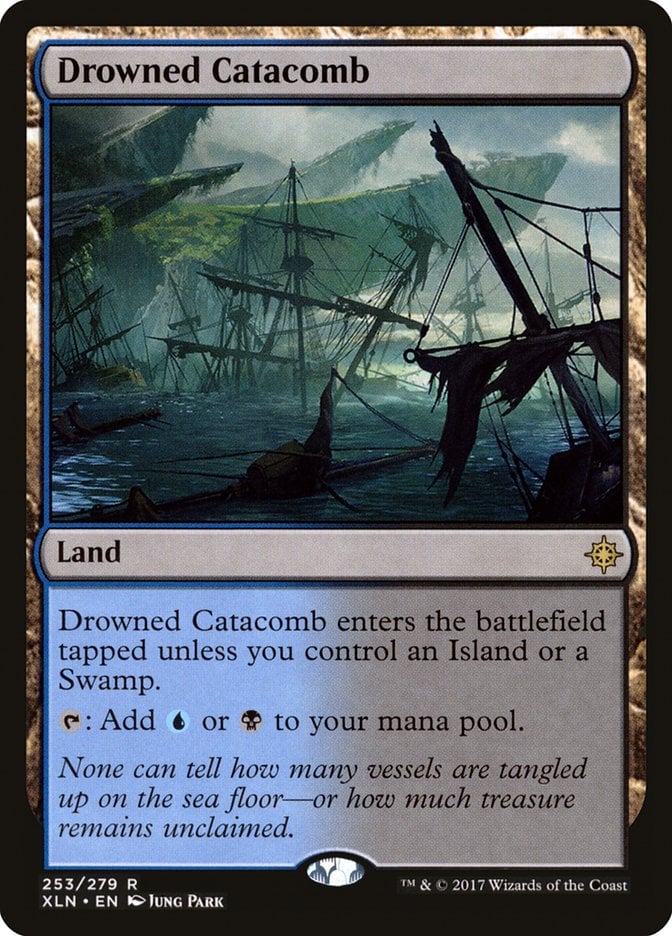
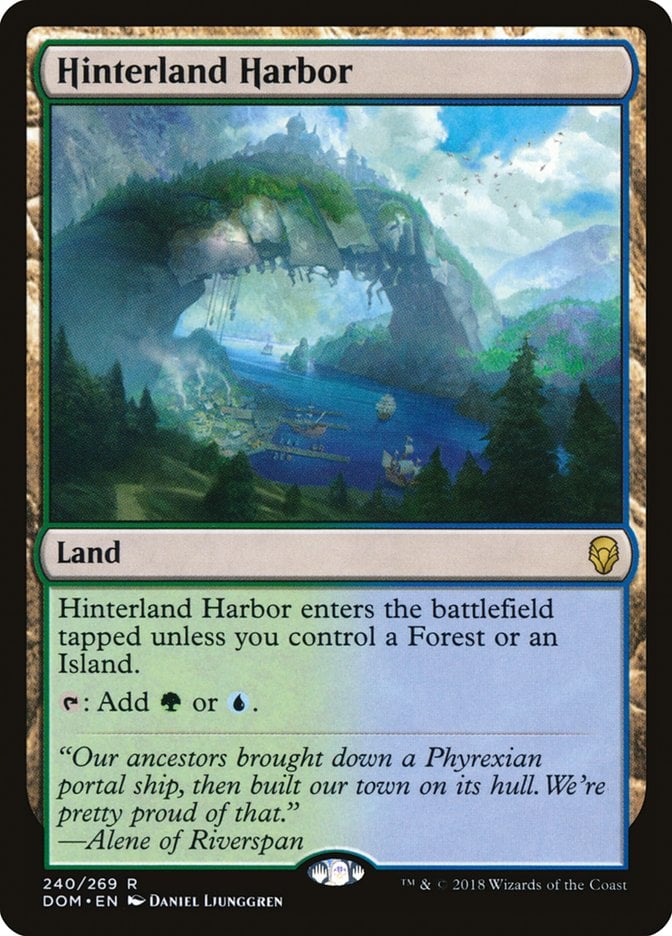
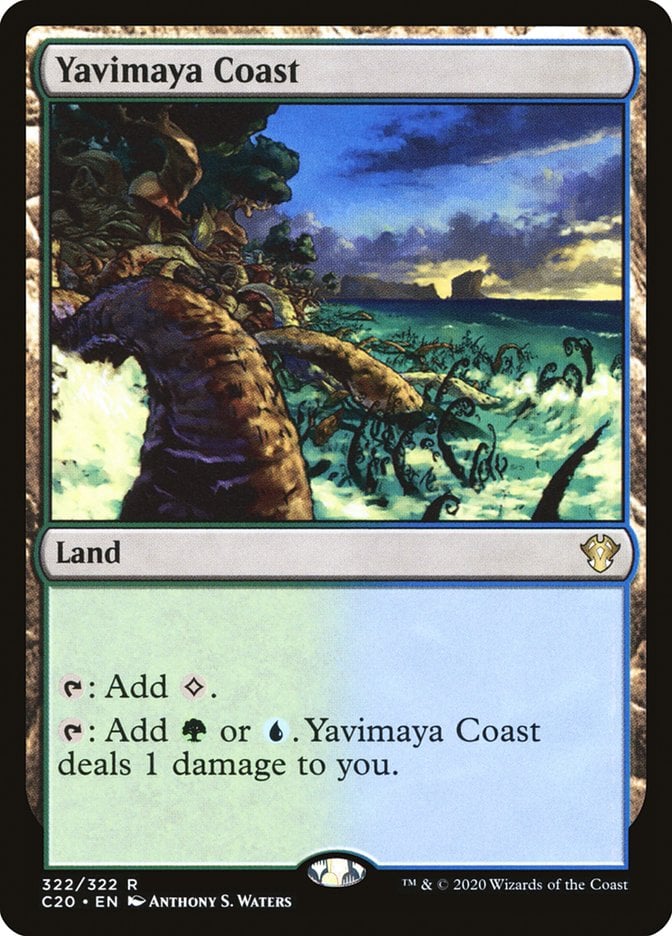




Add Comment